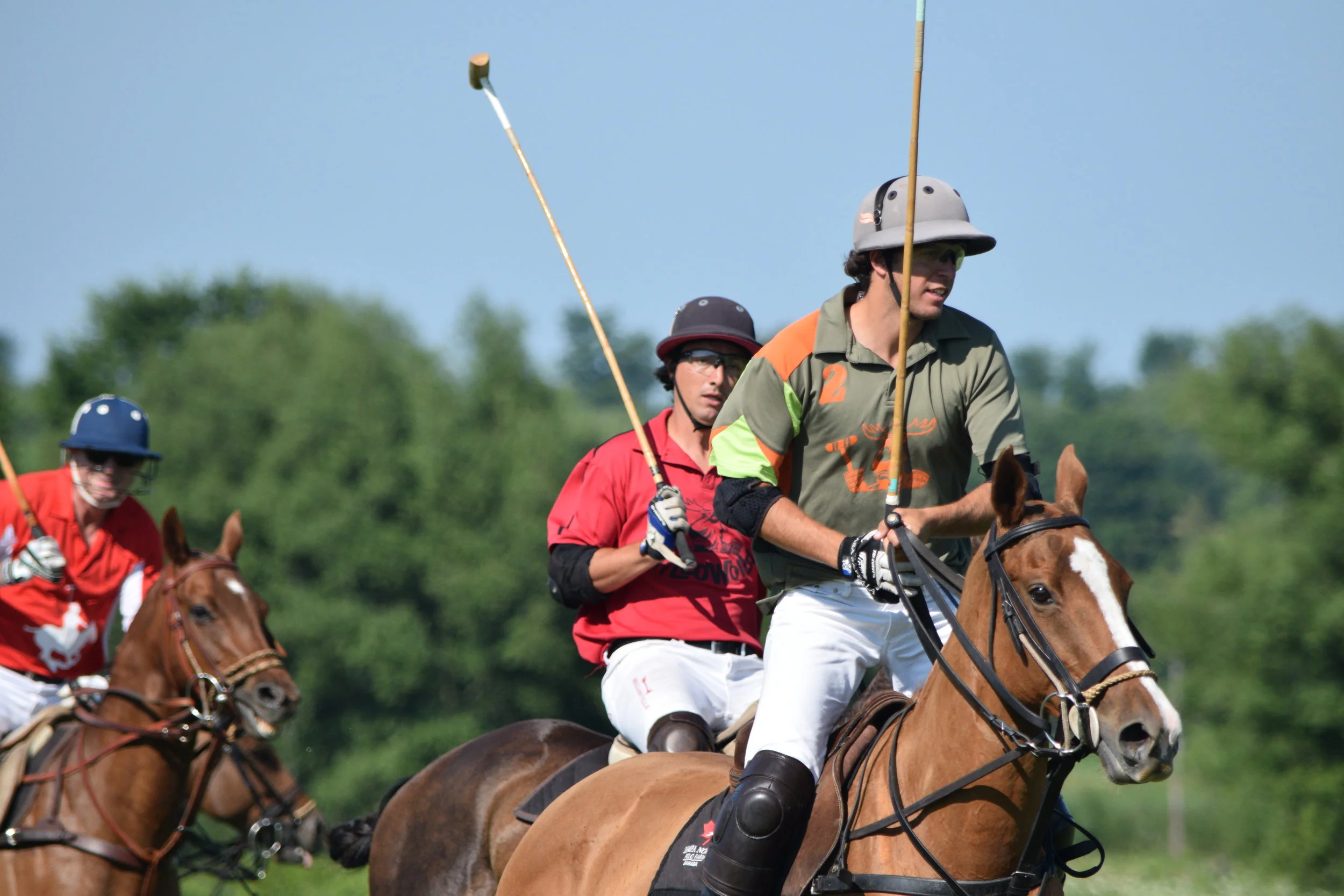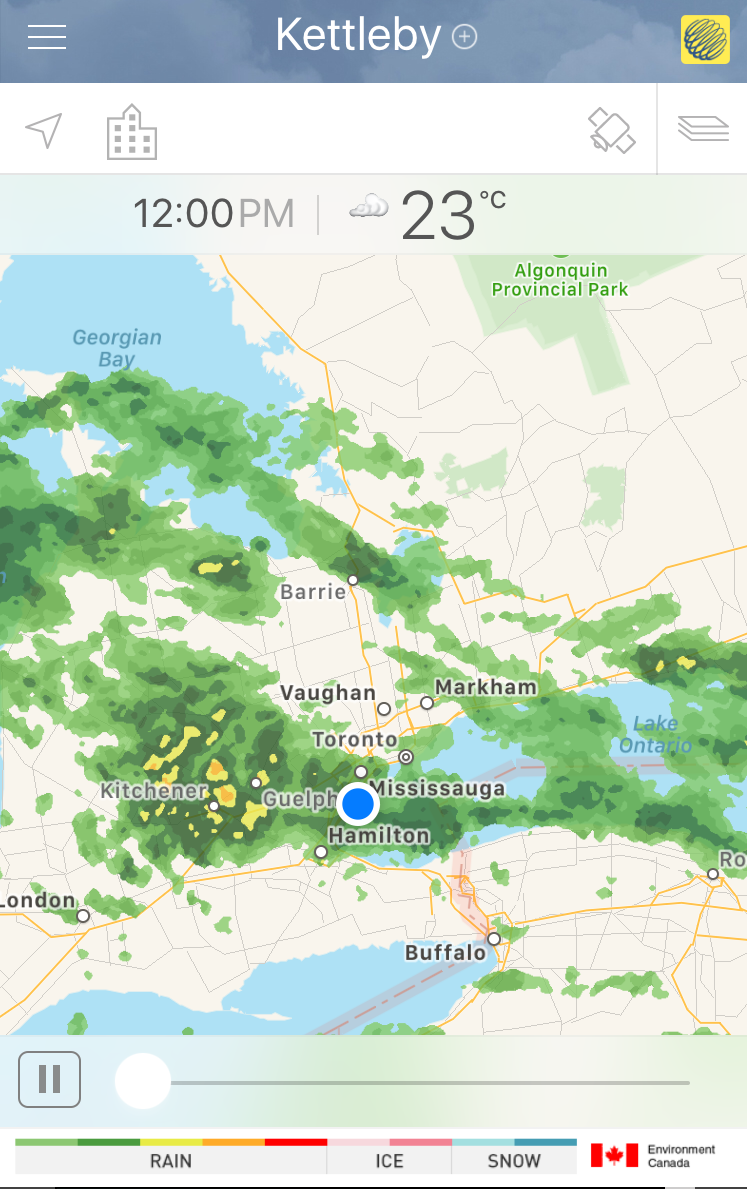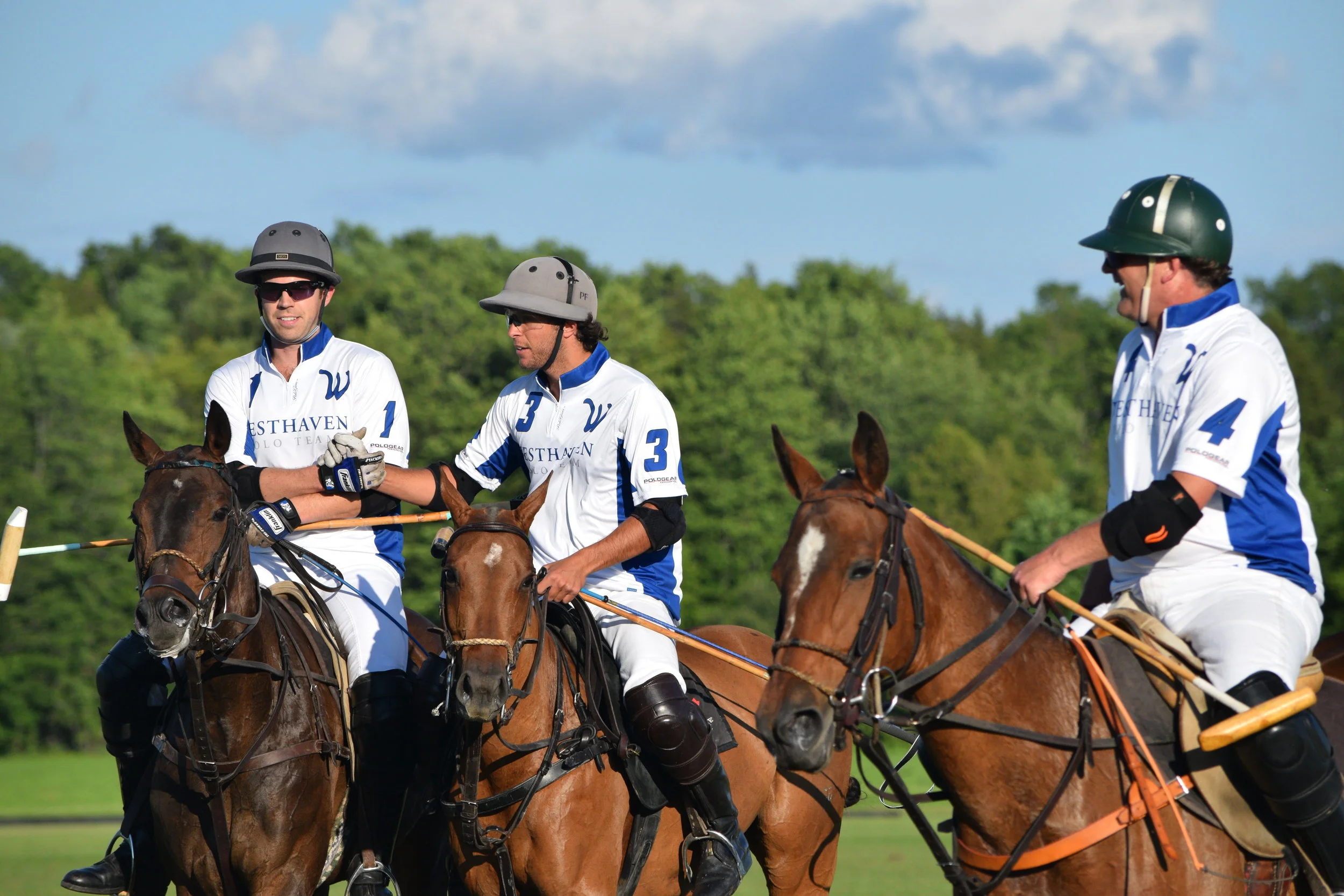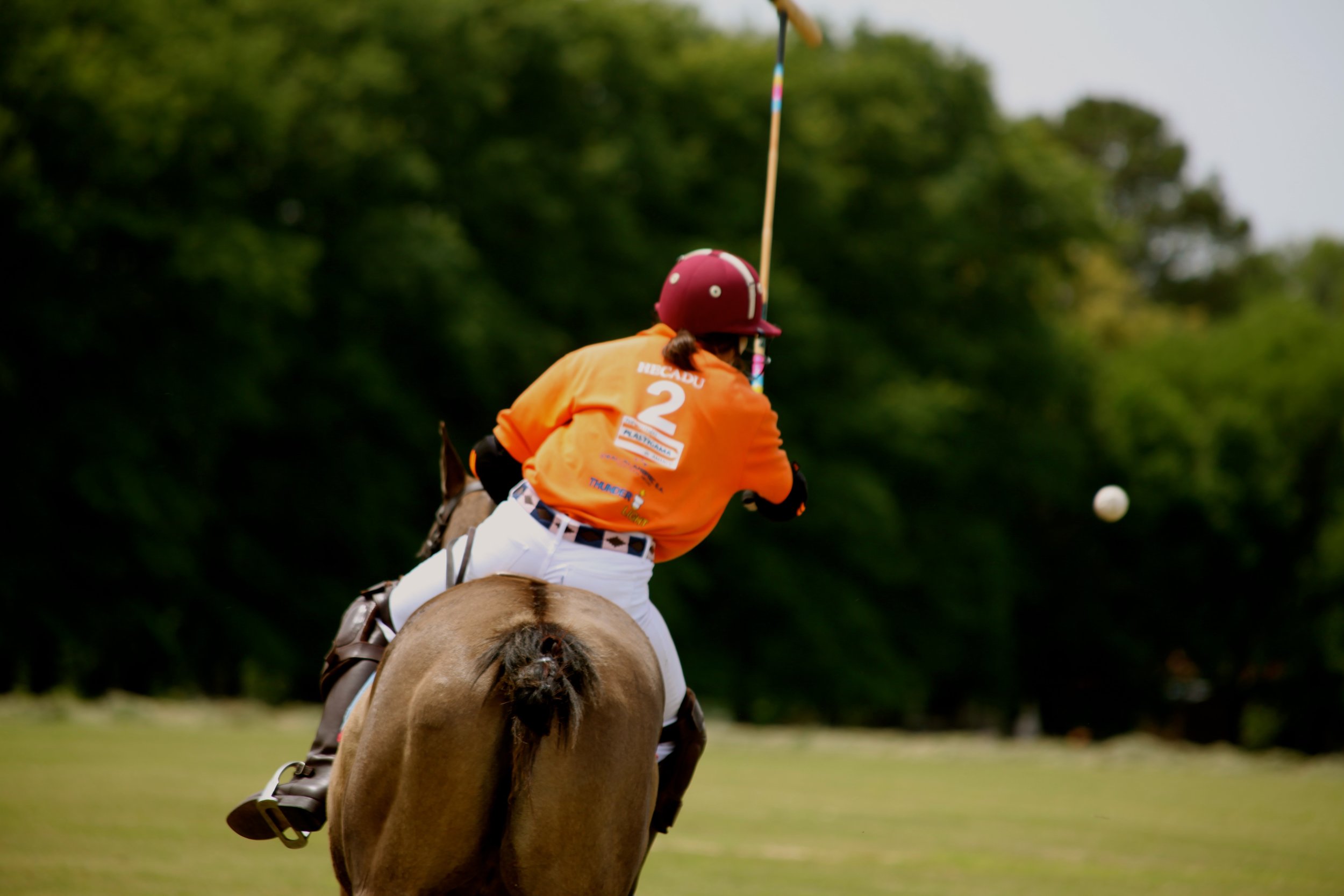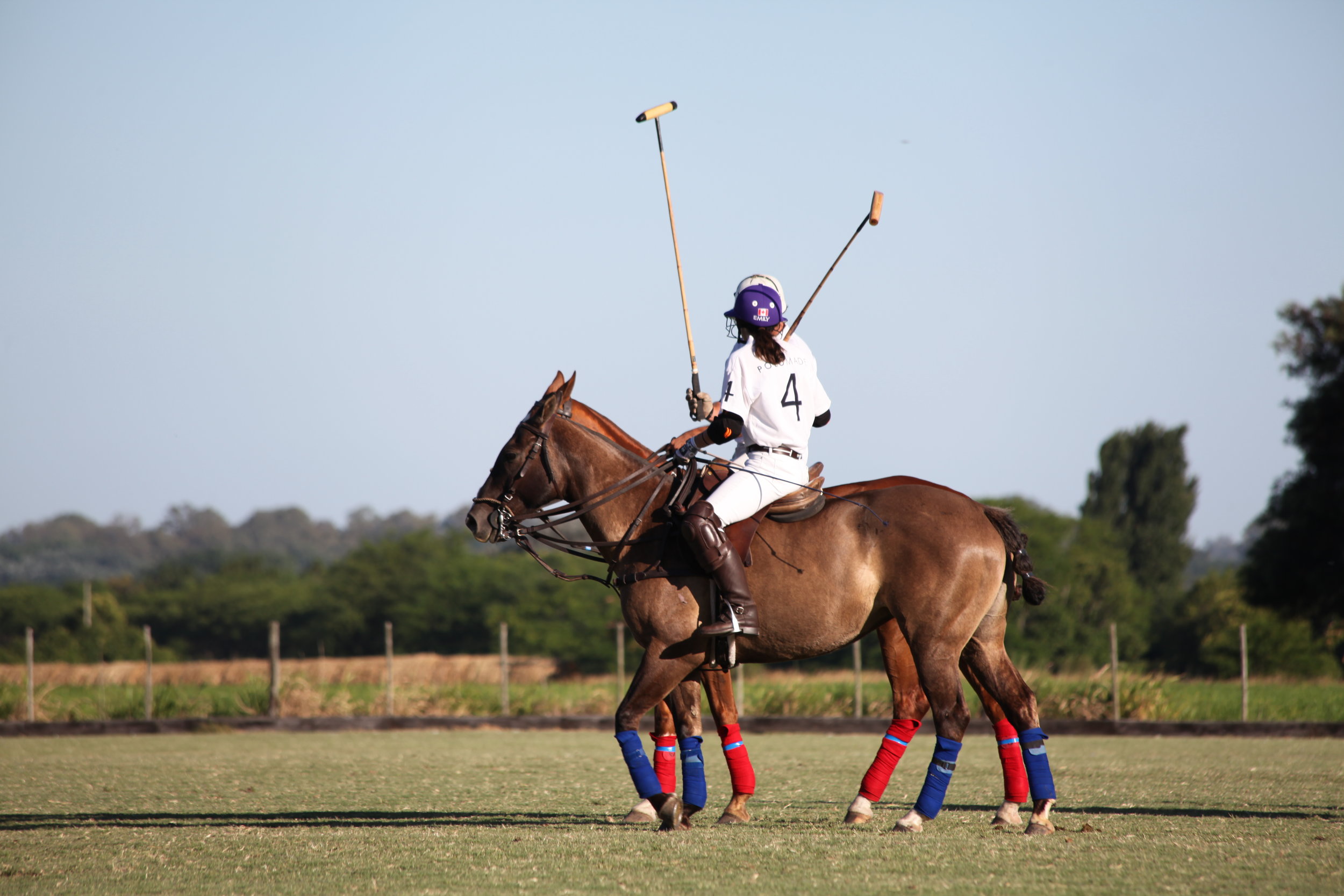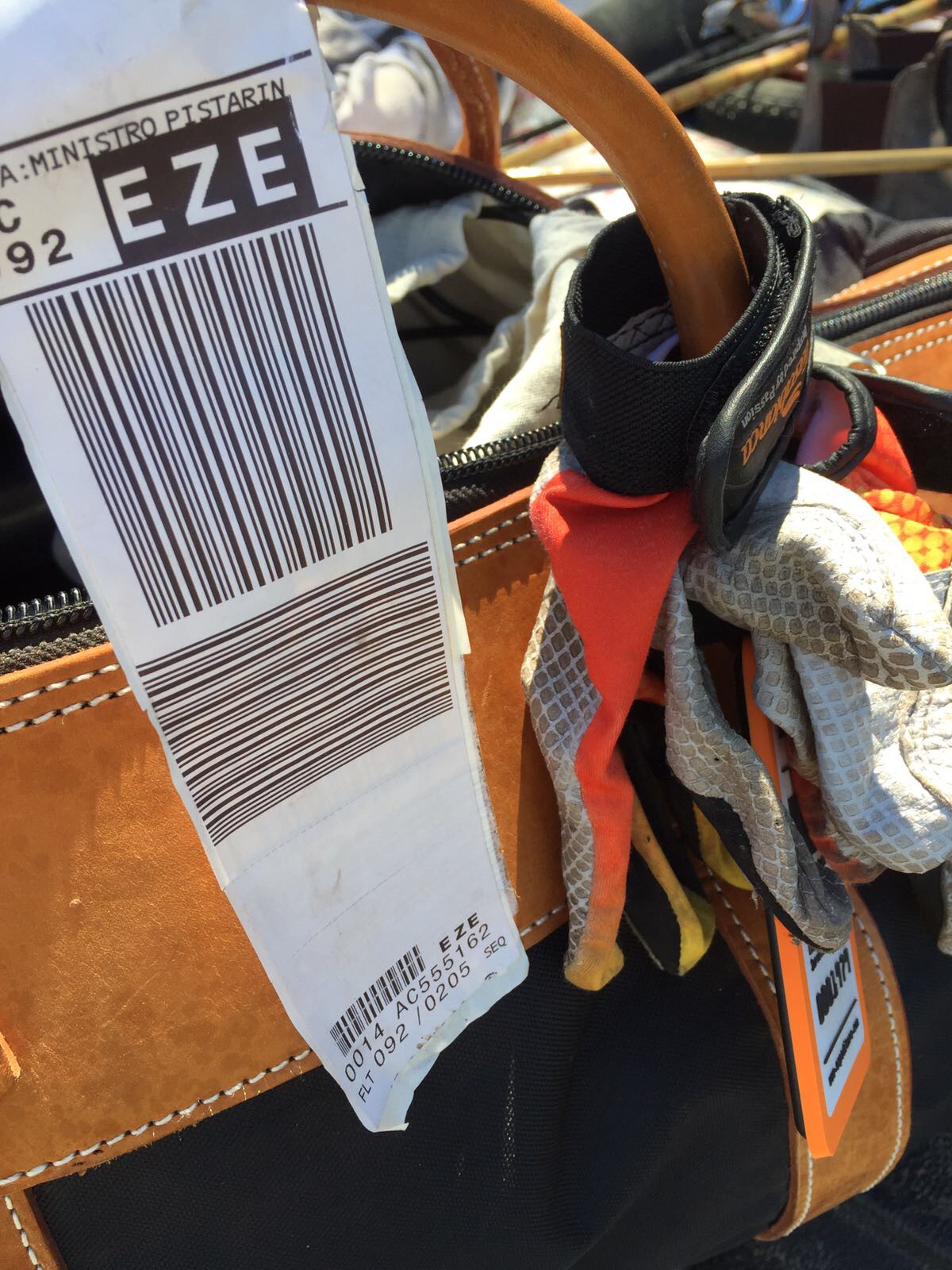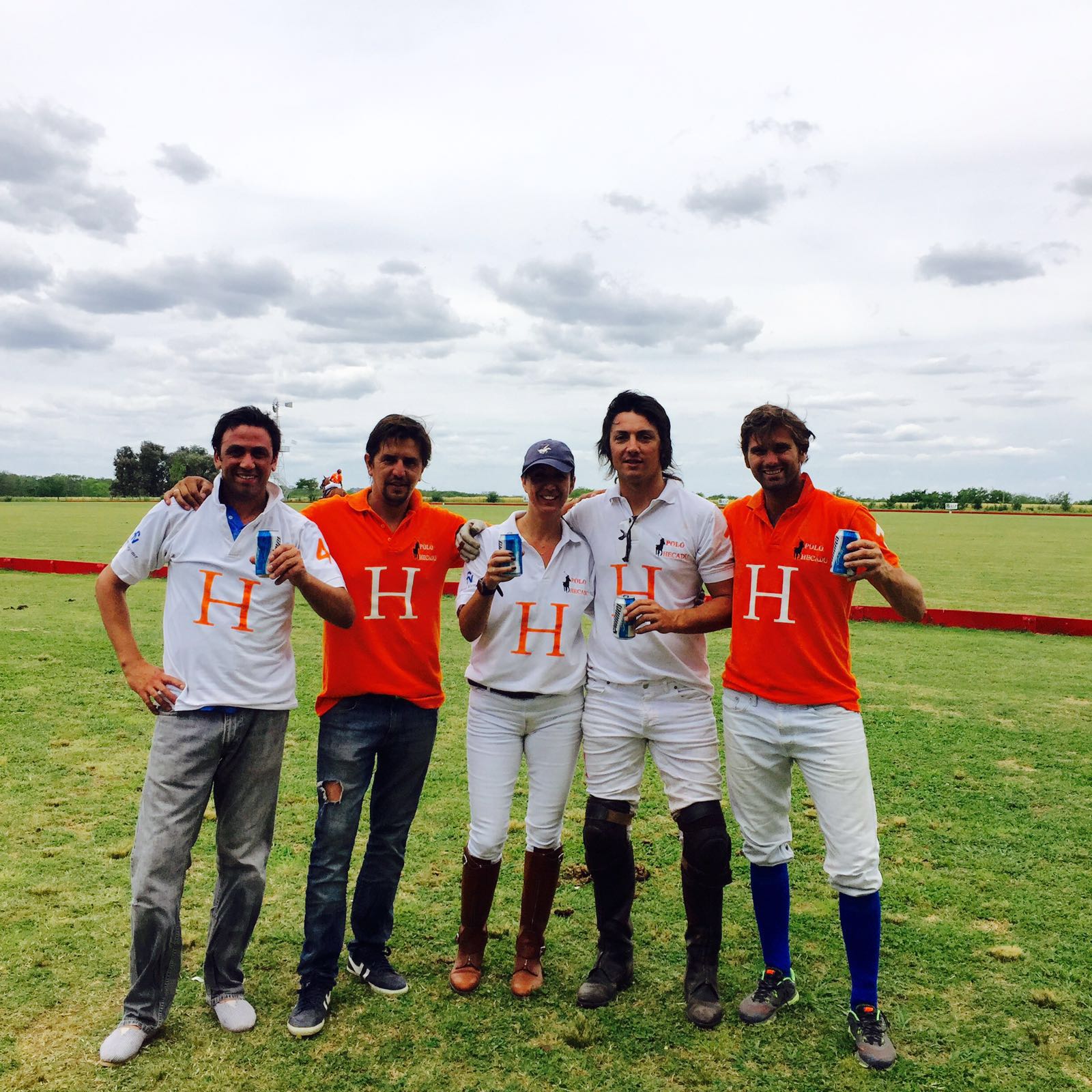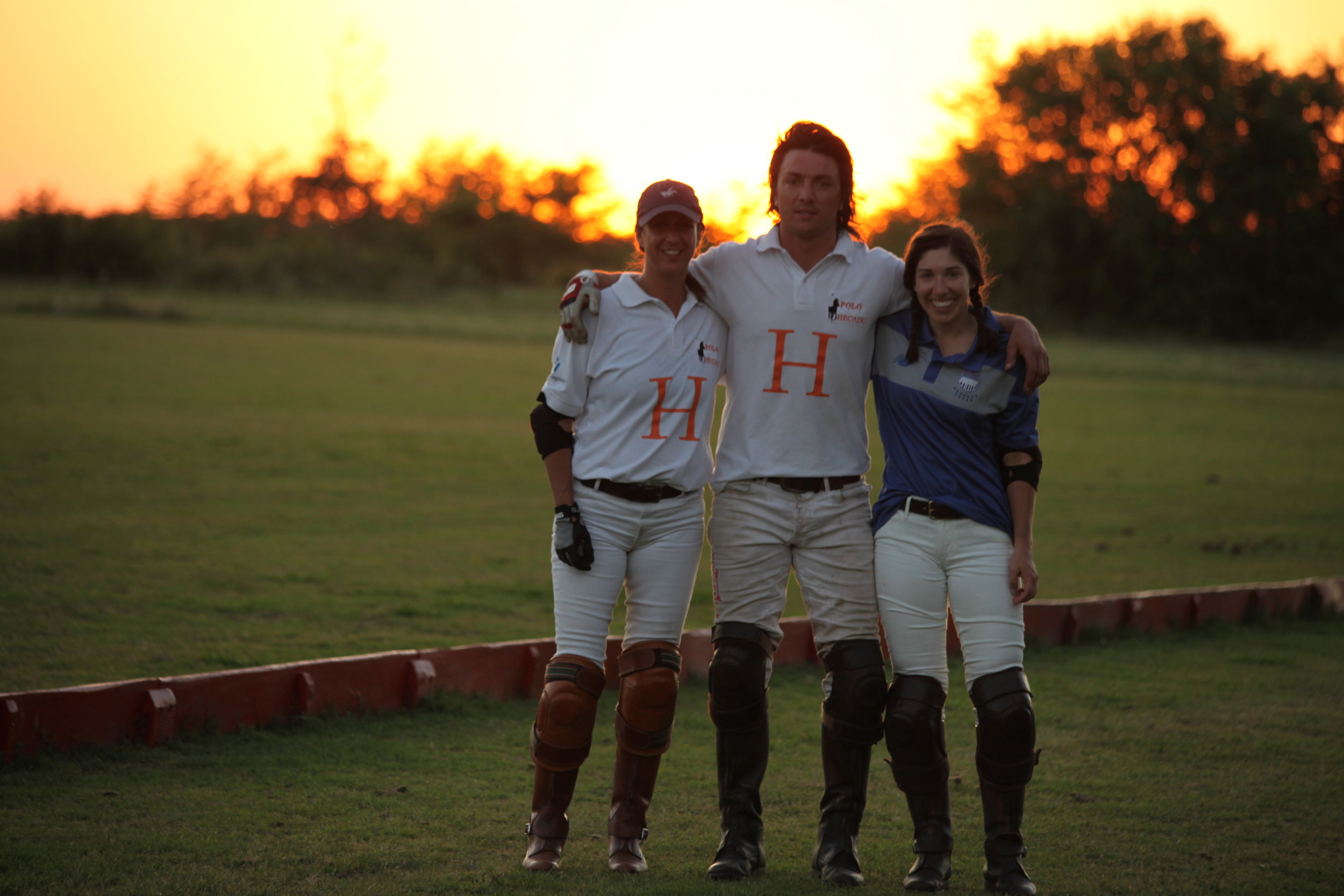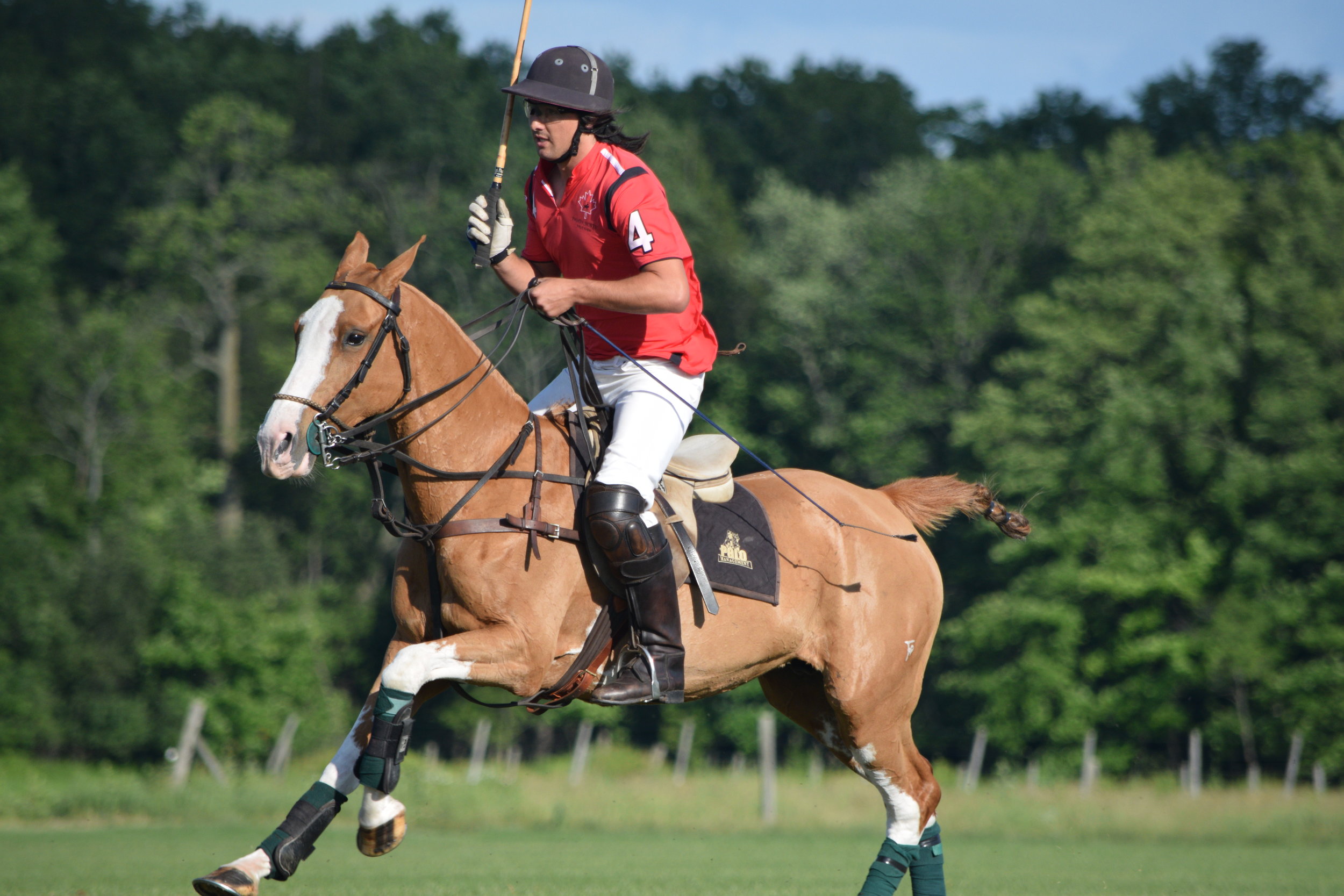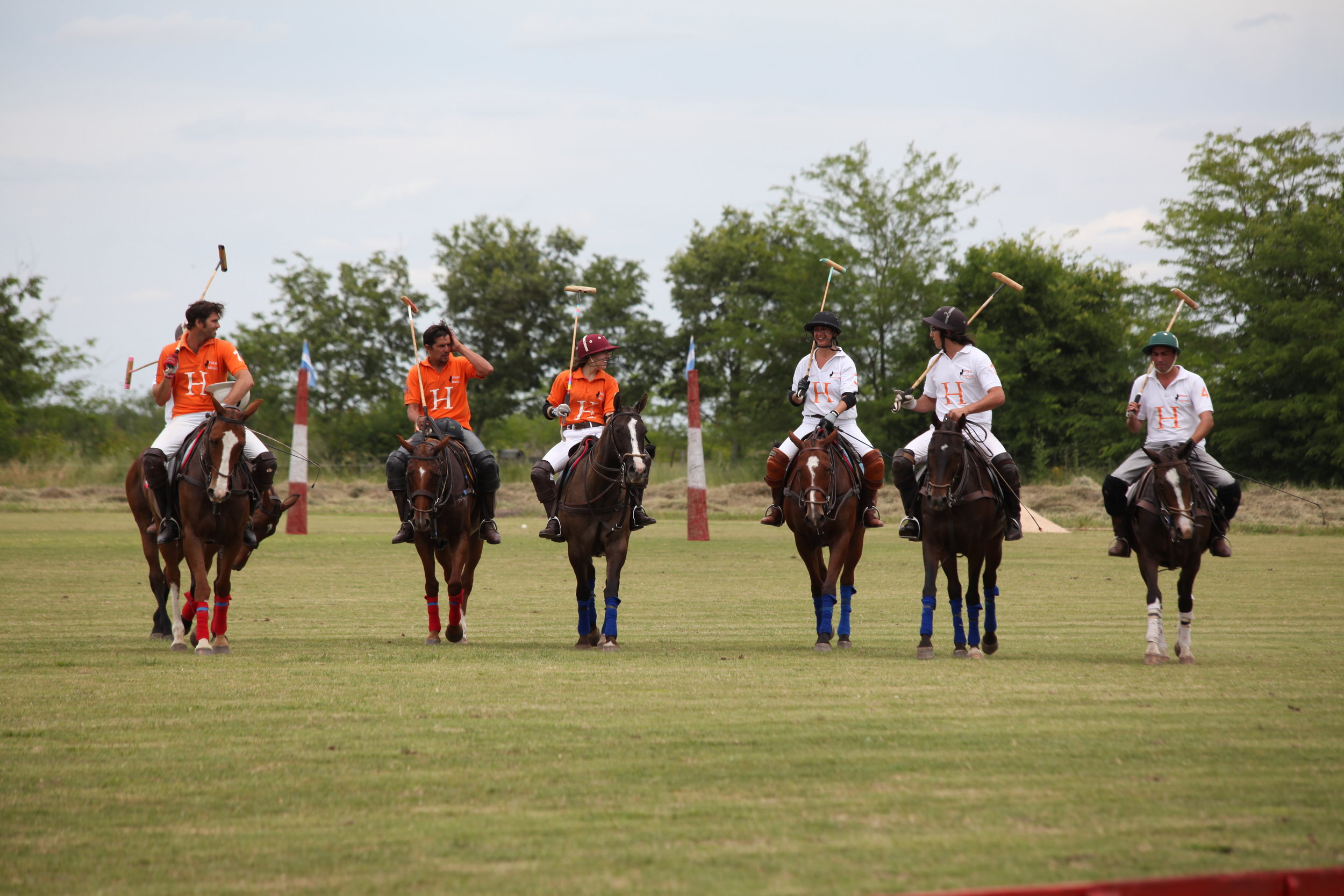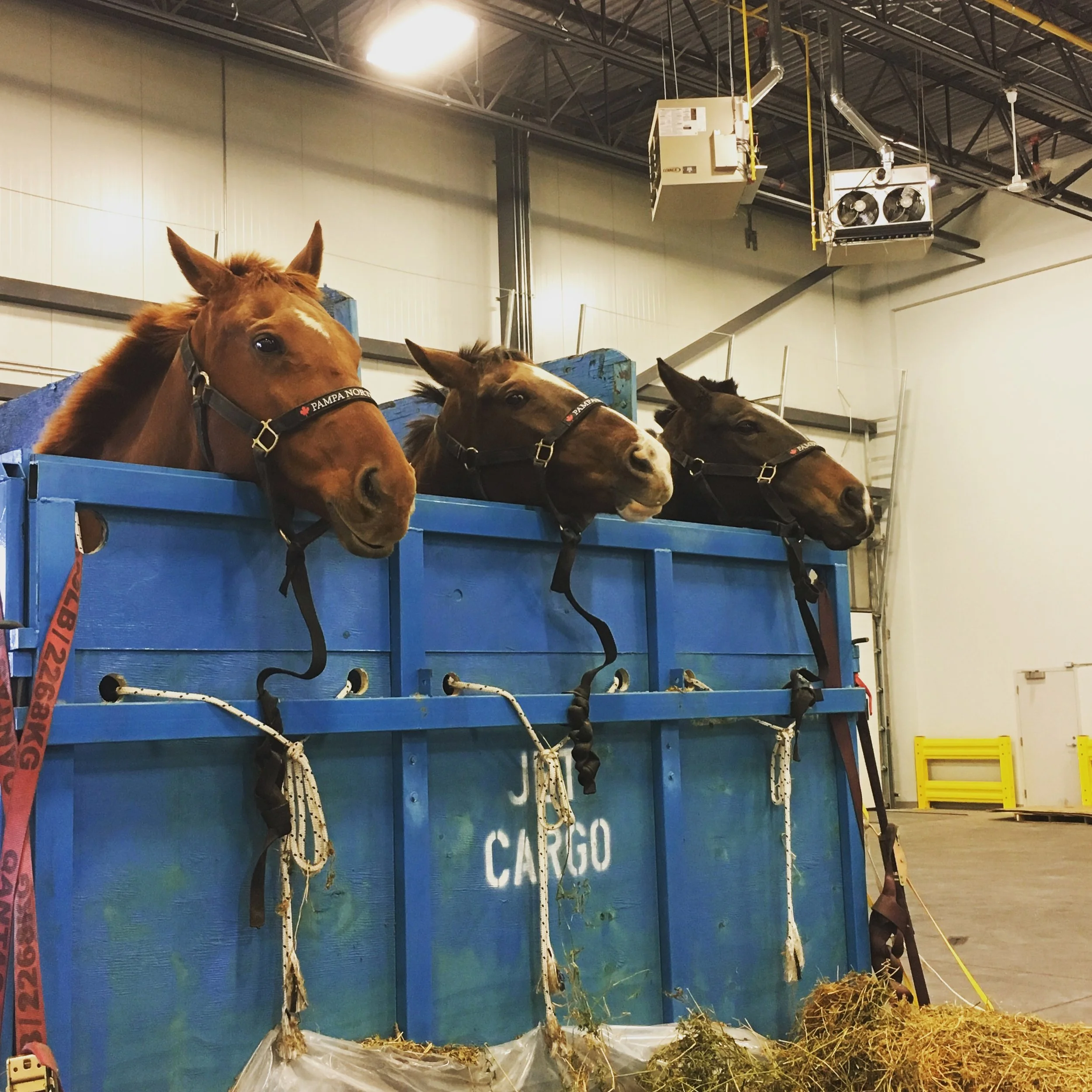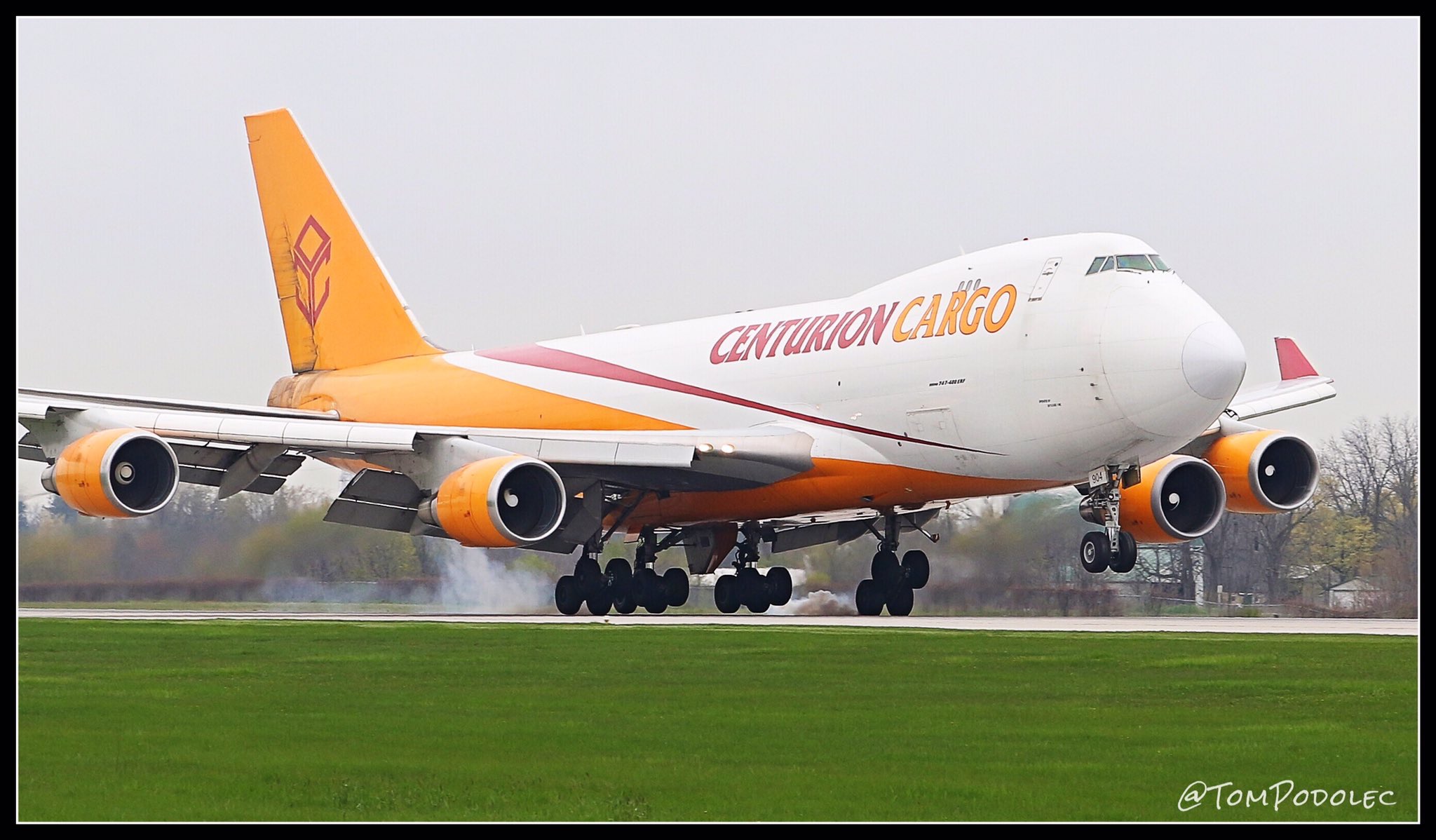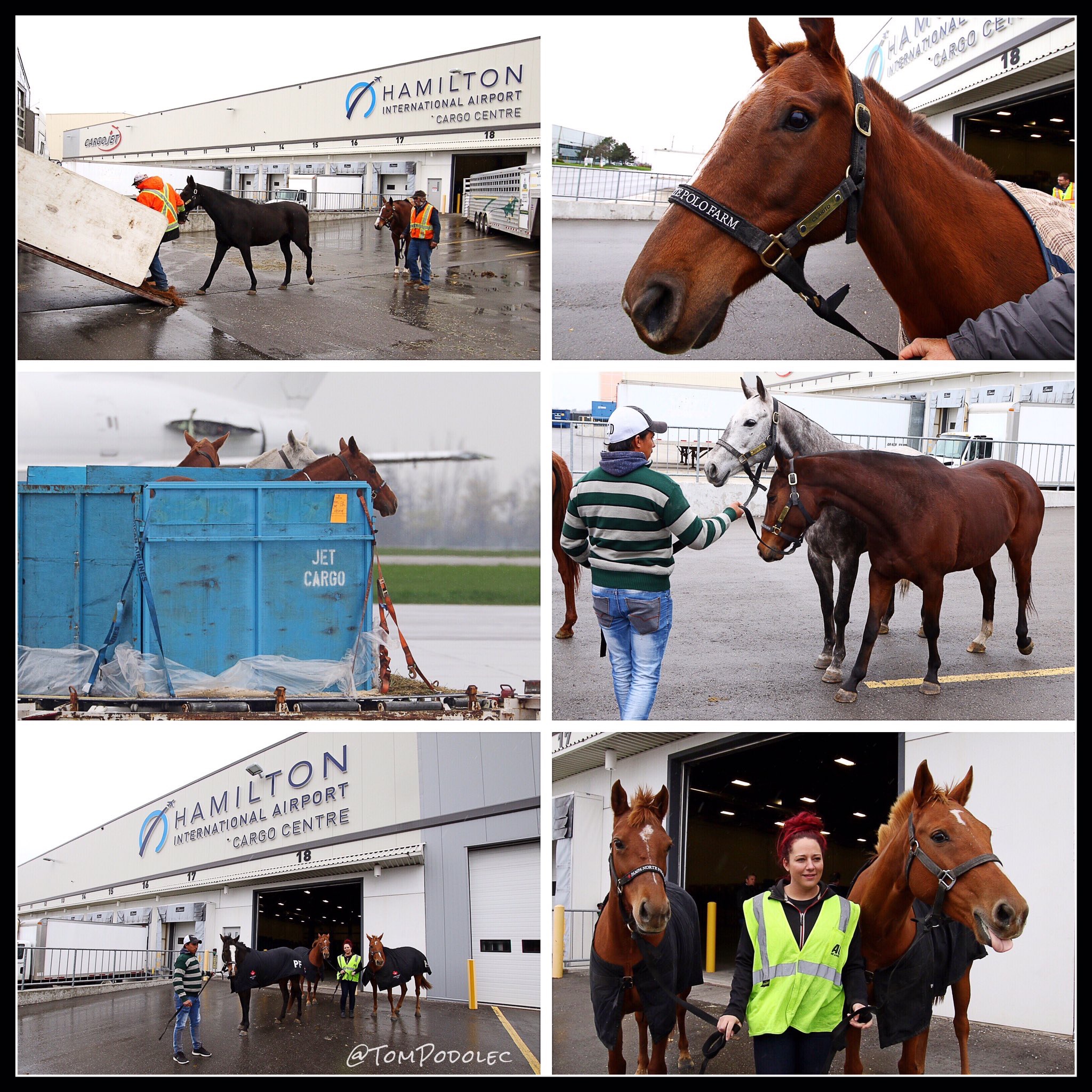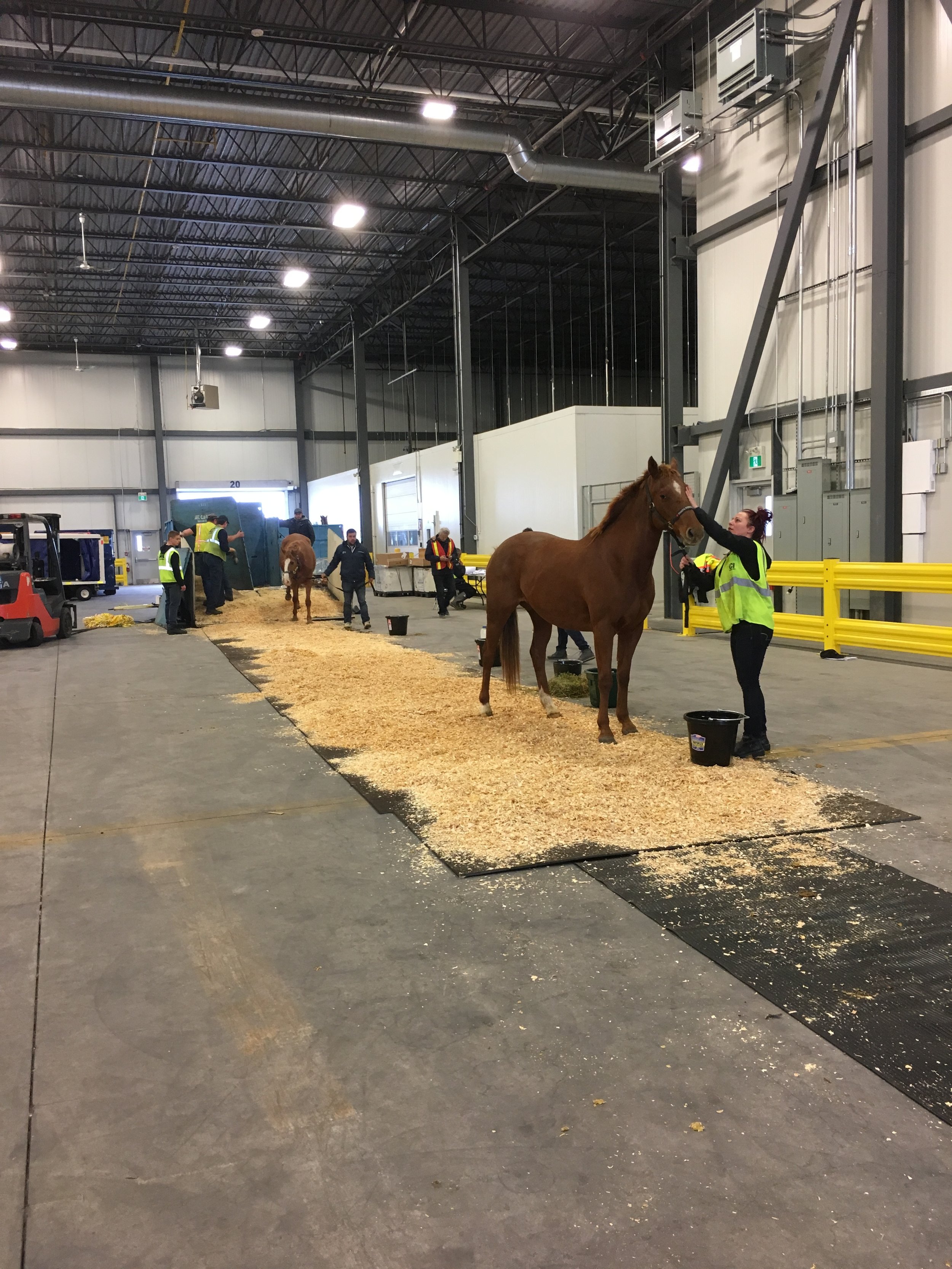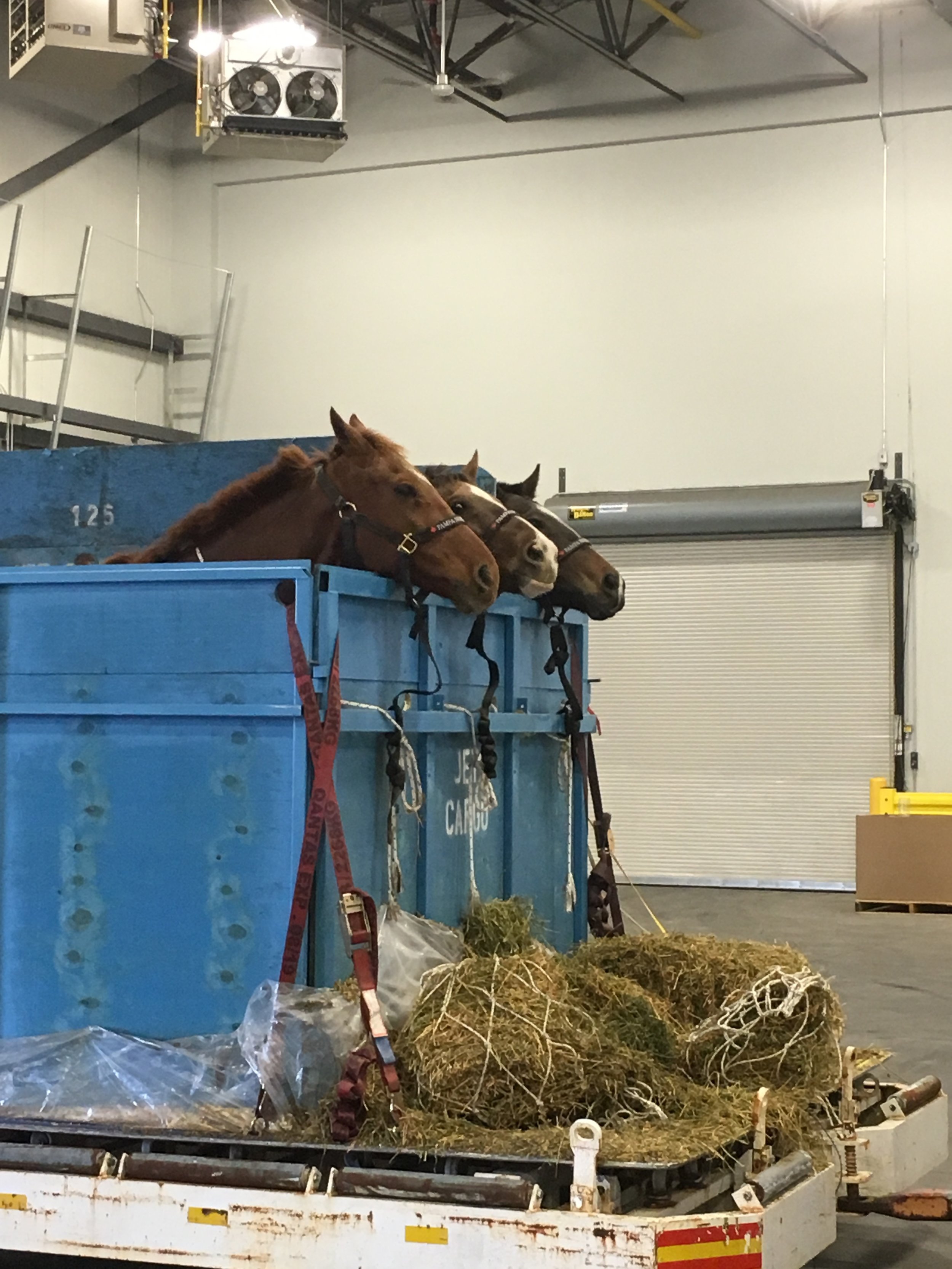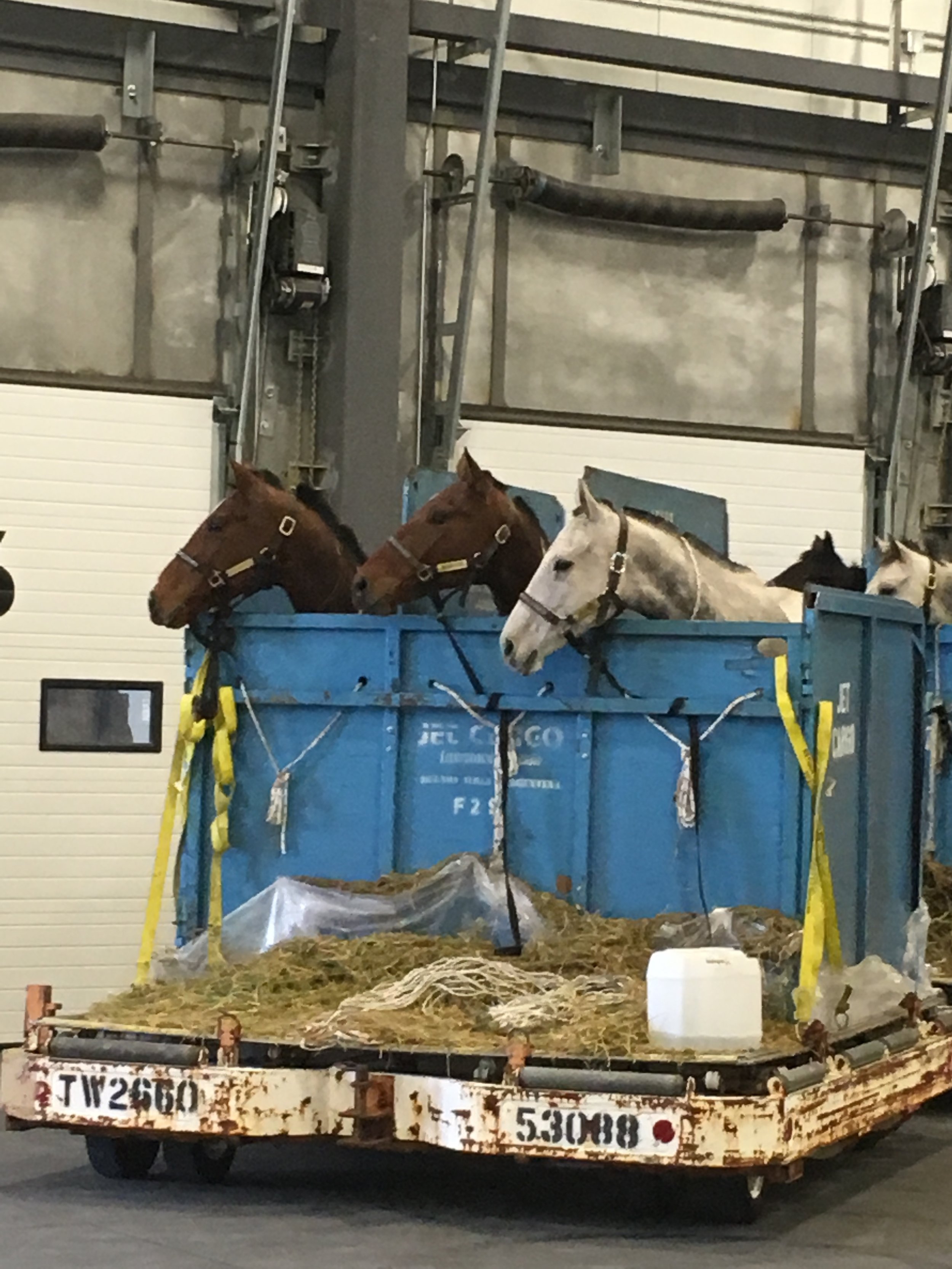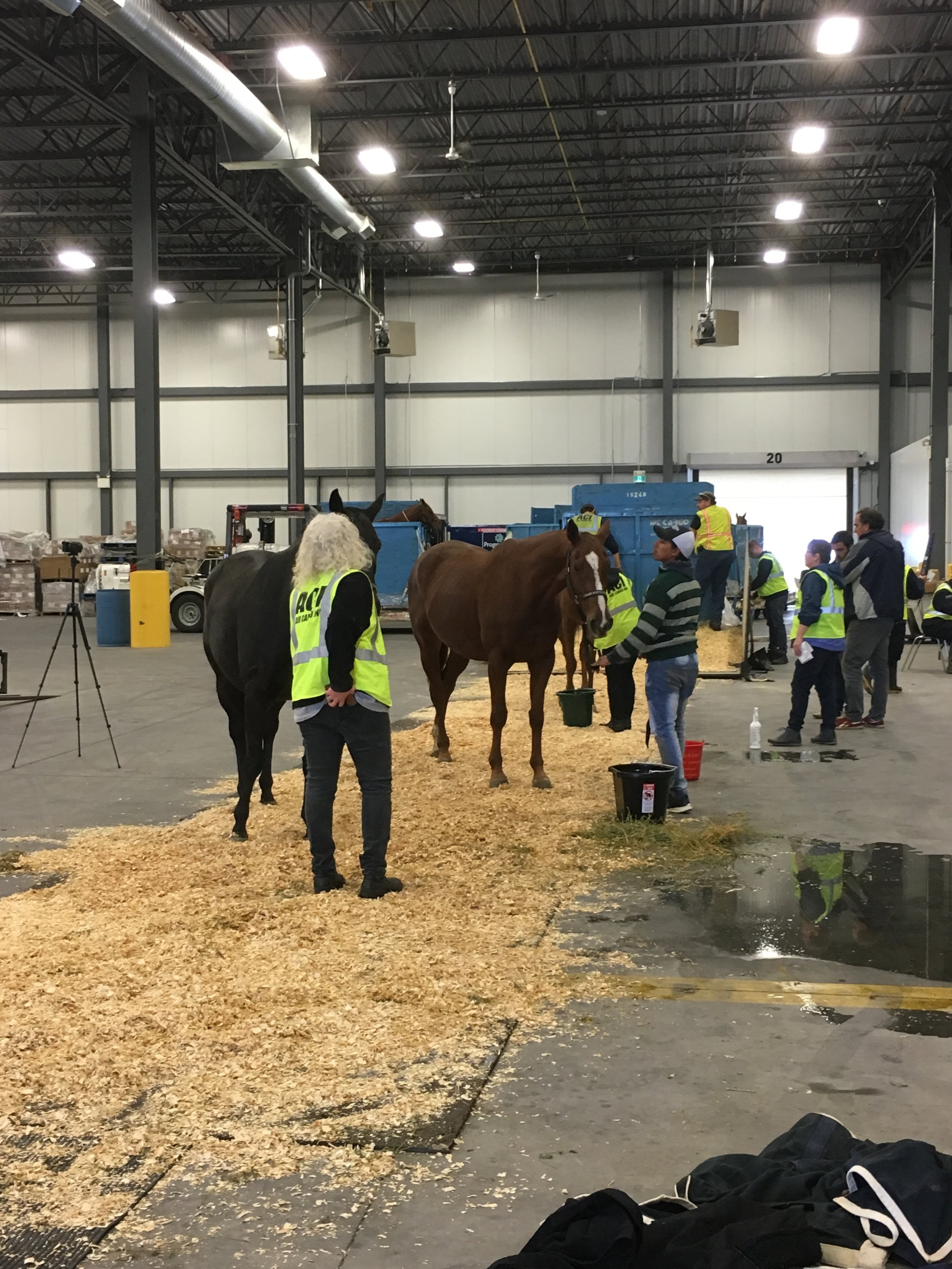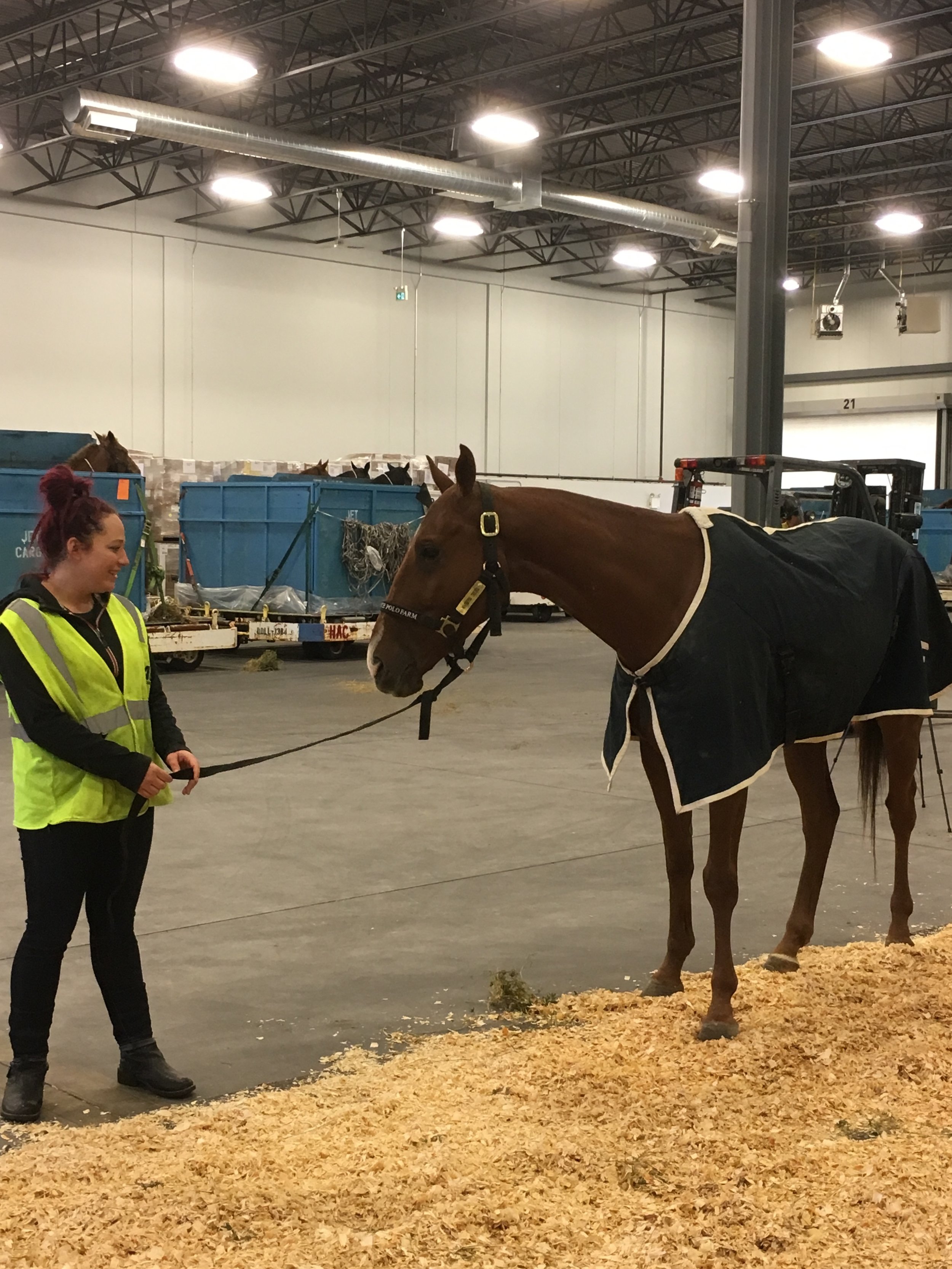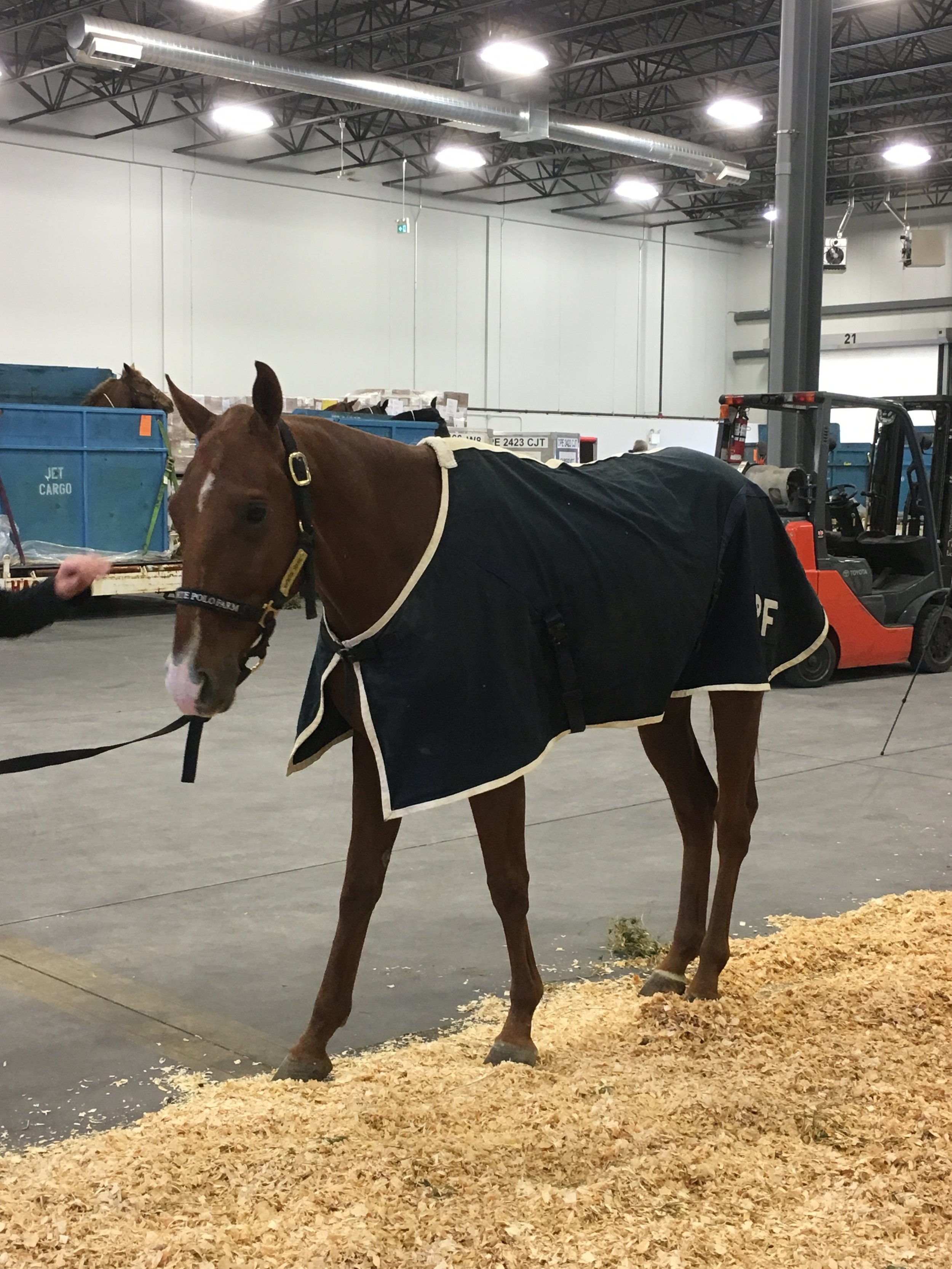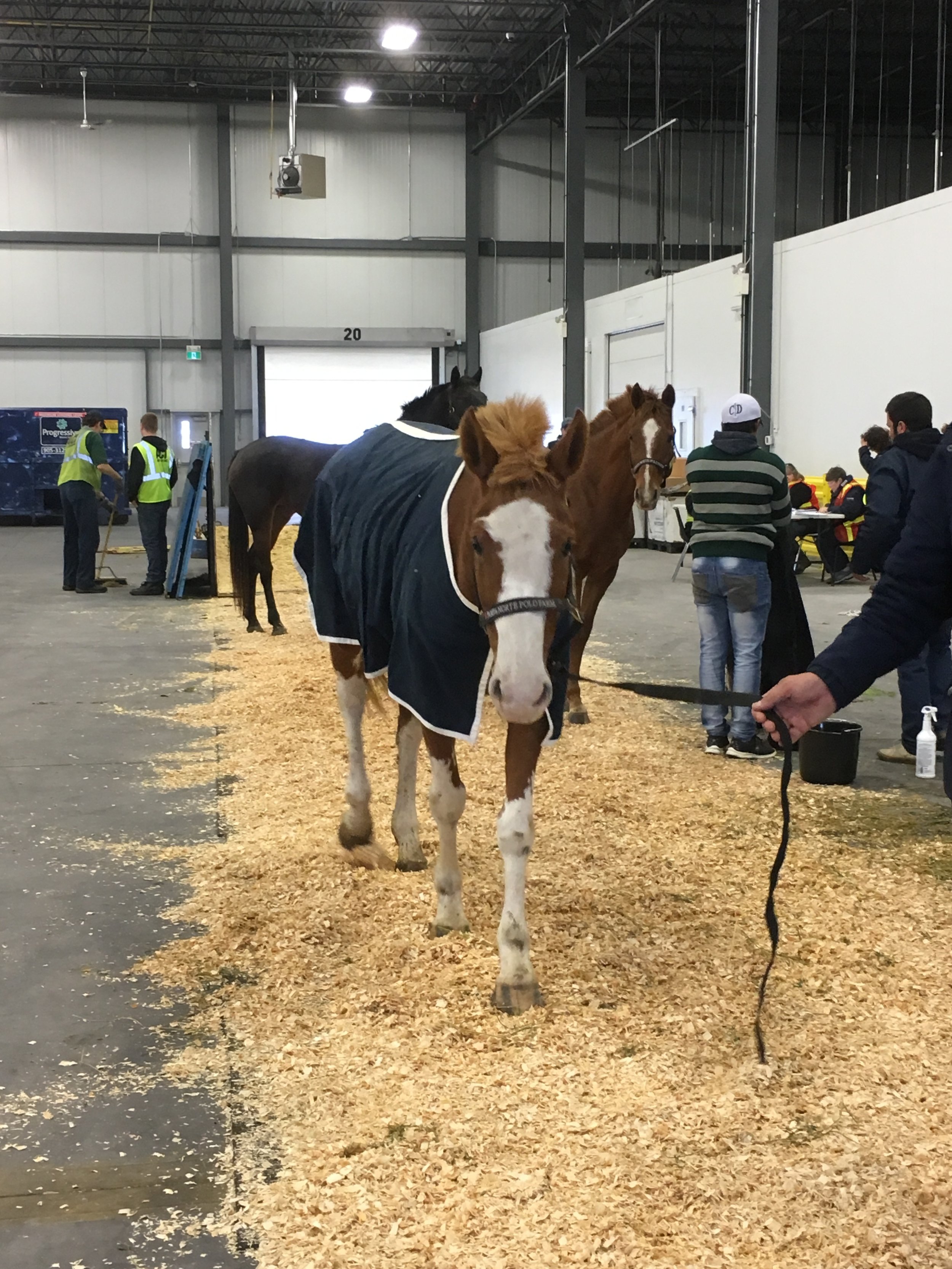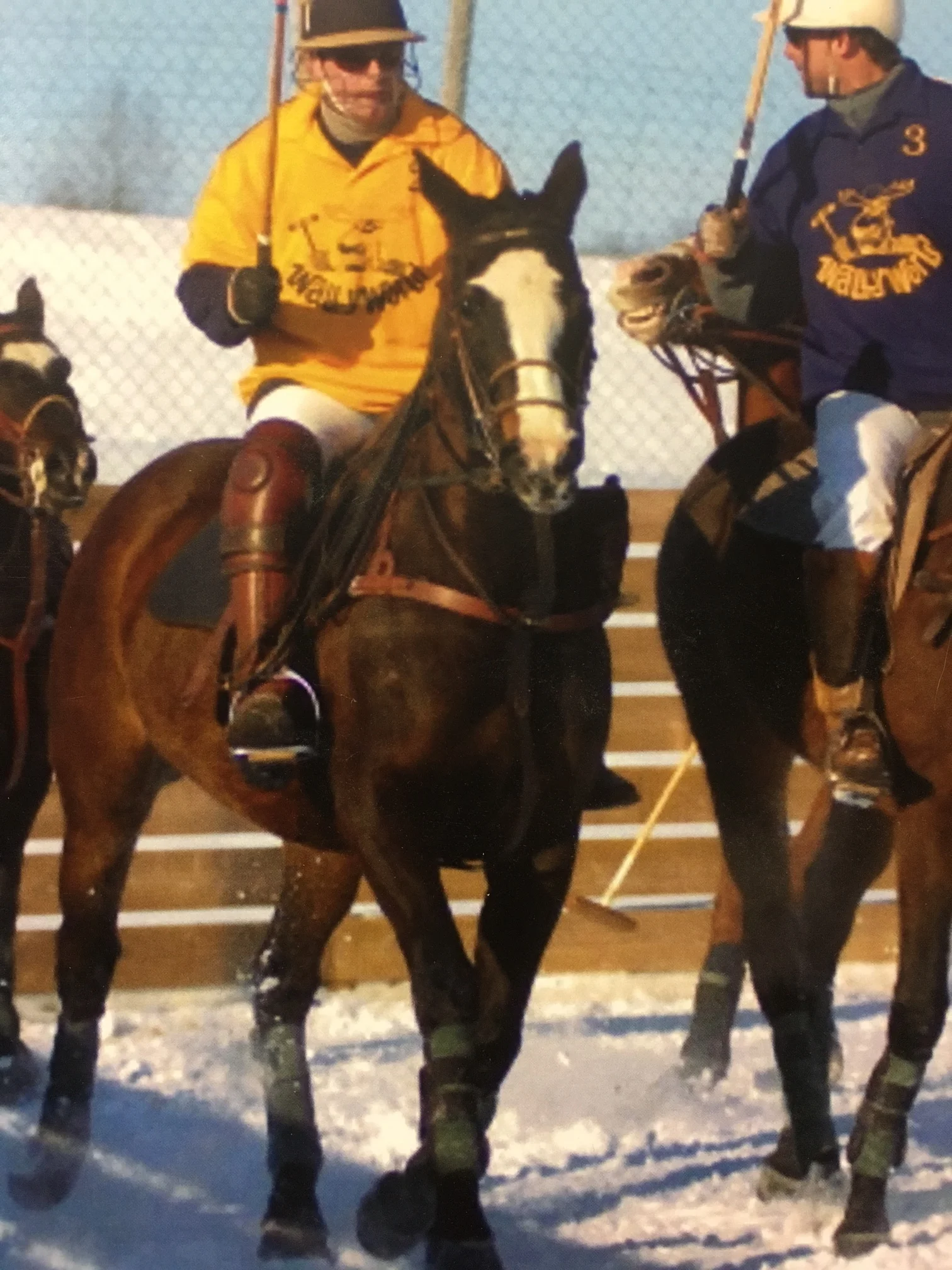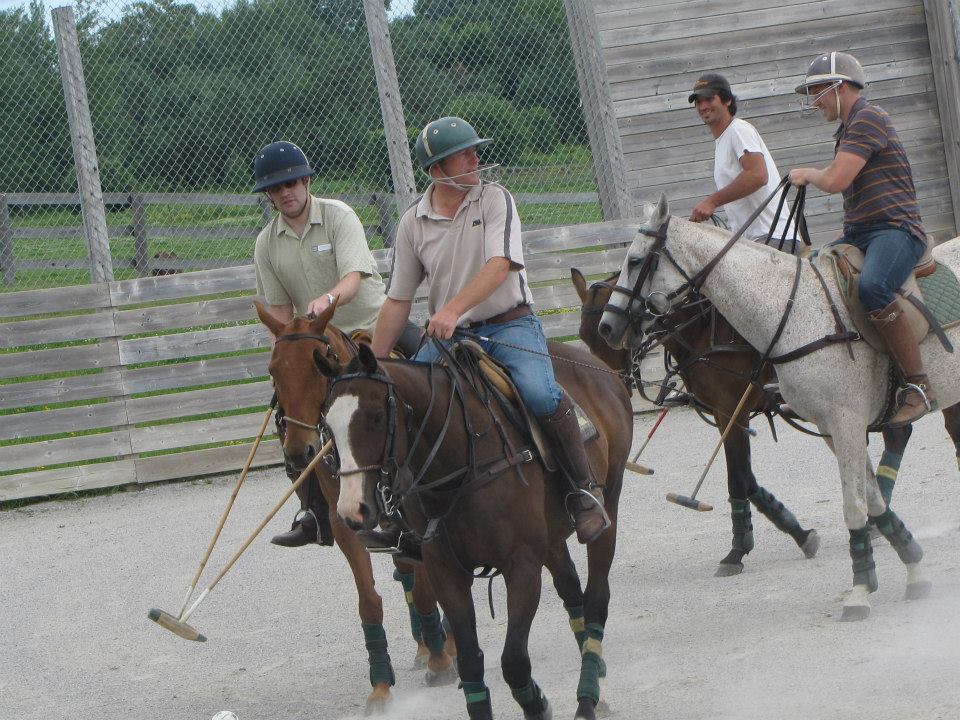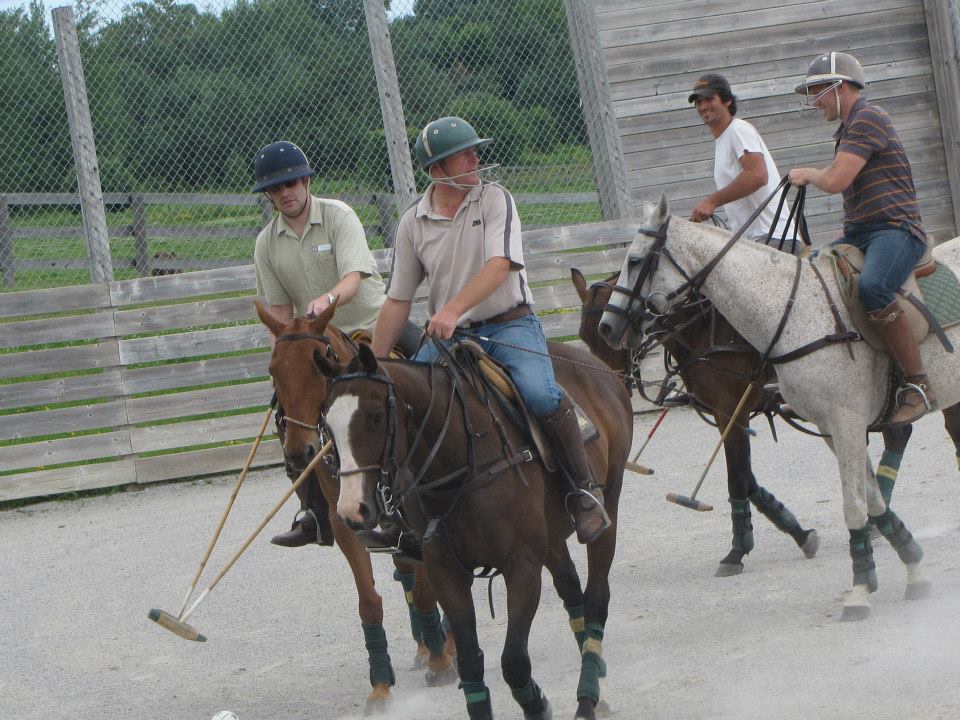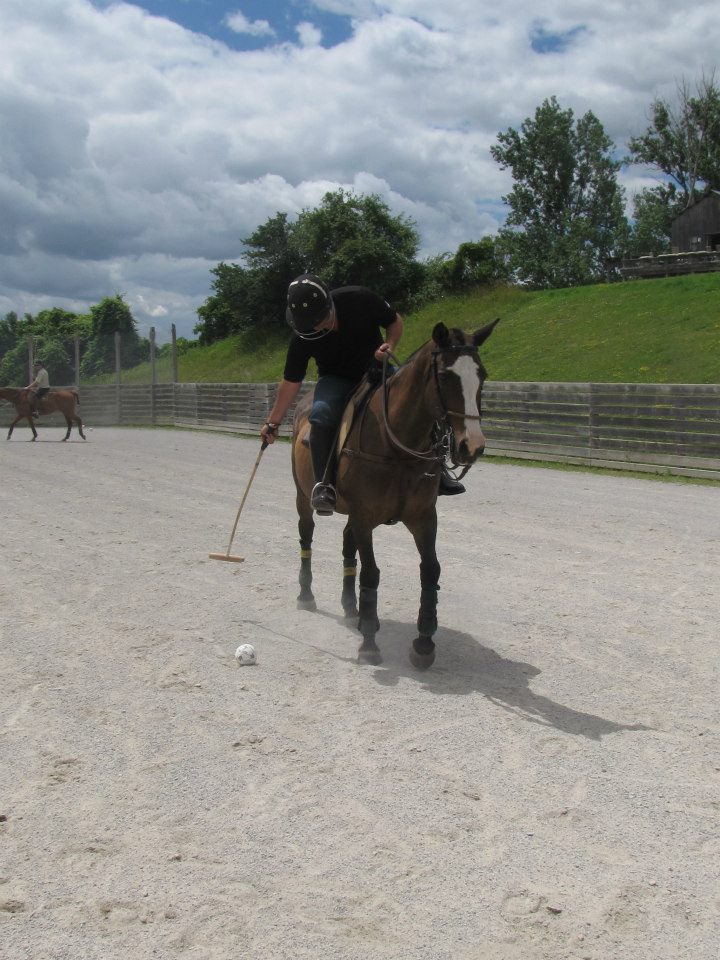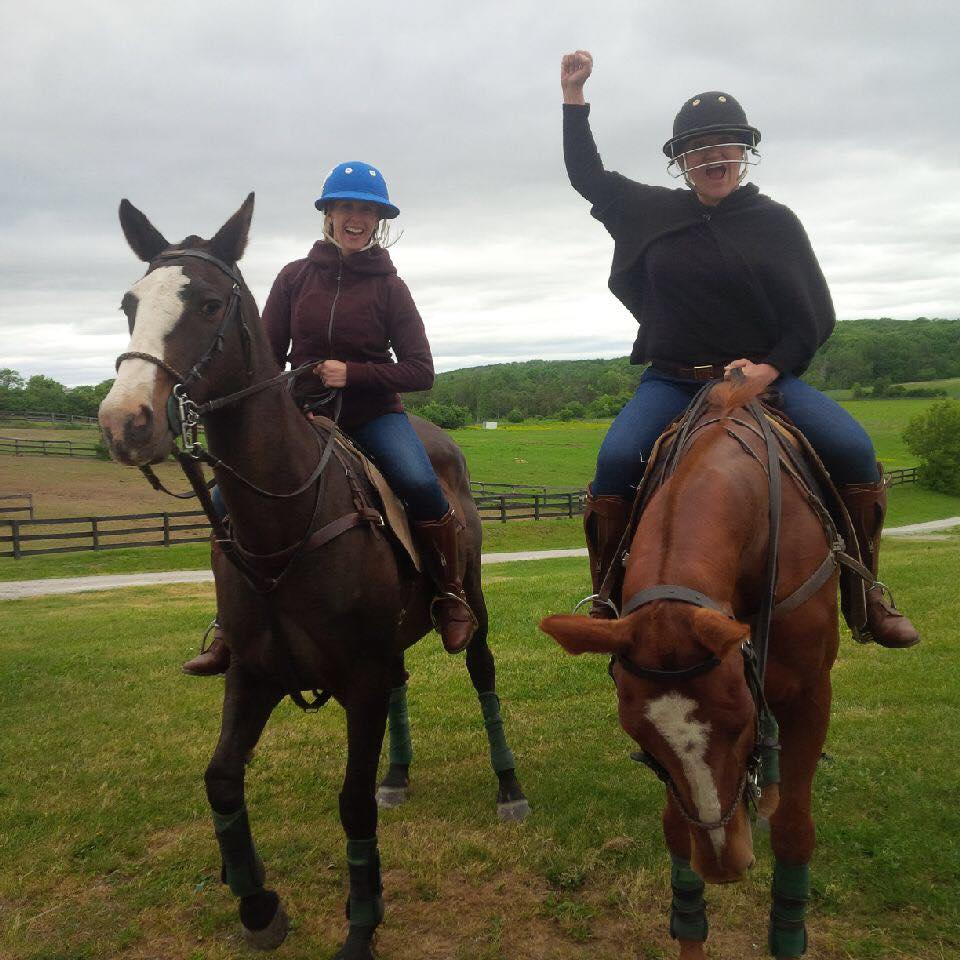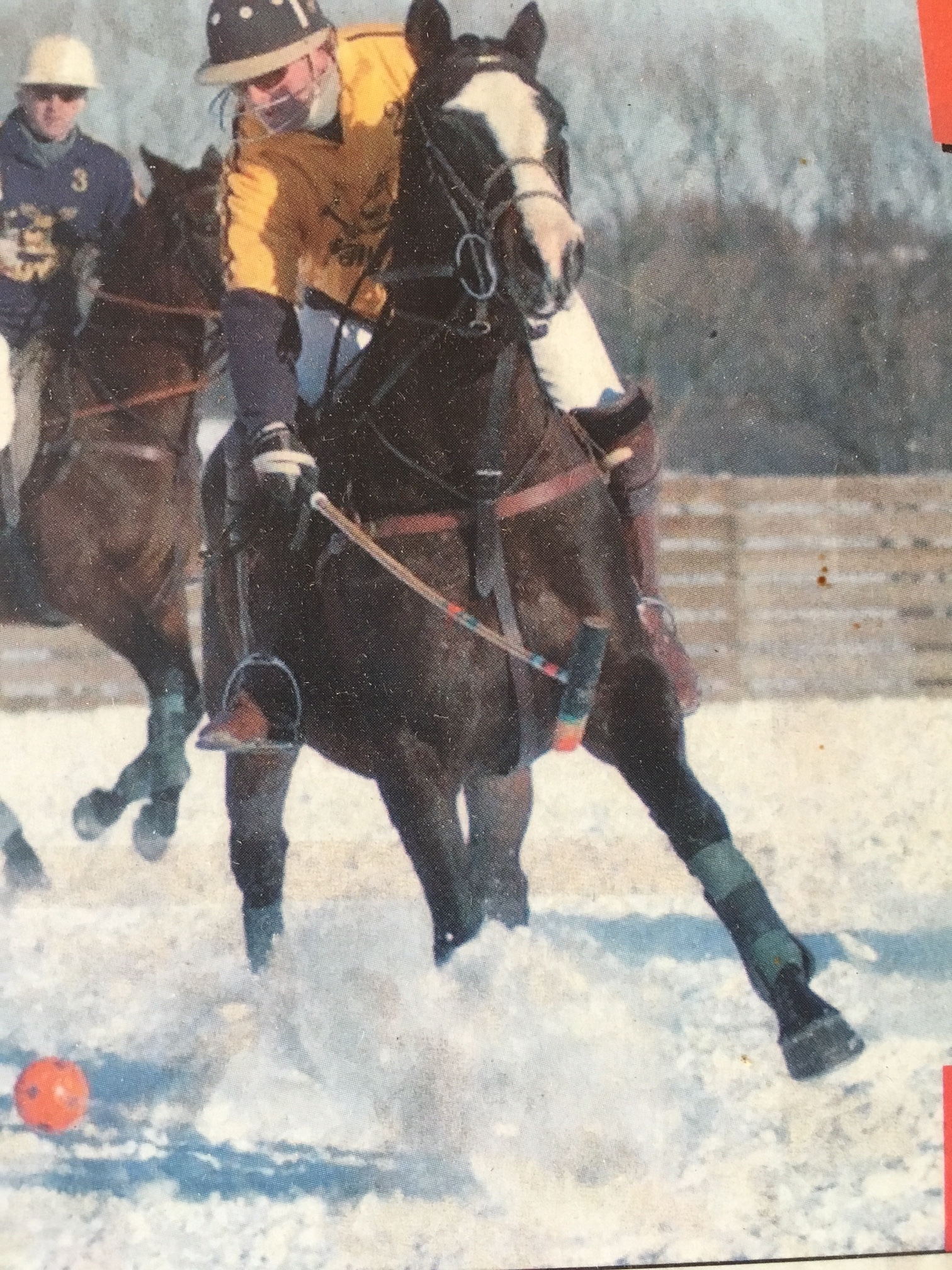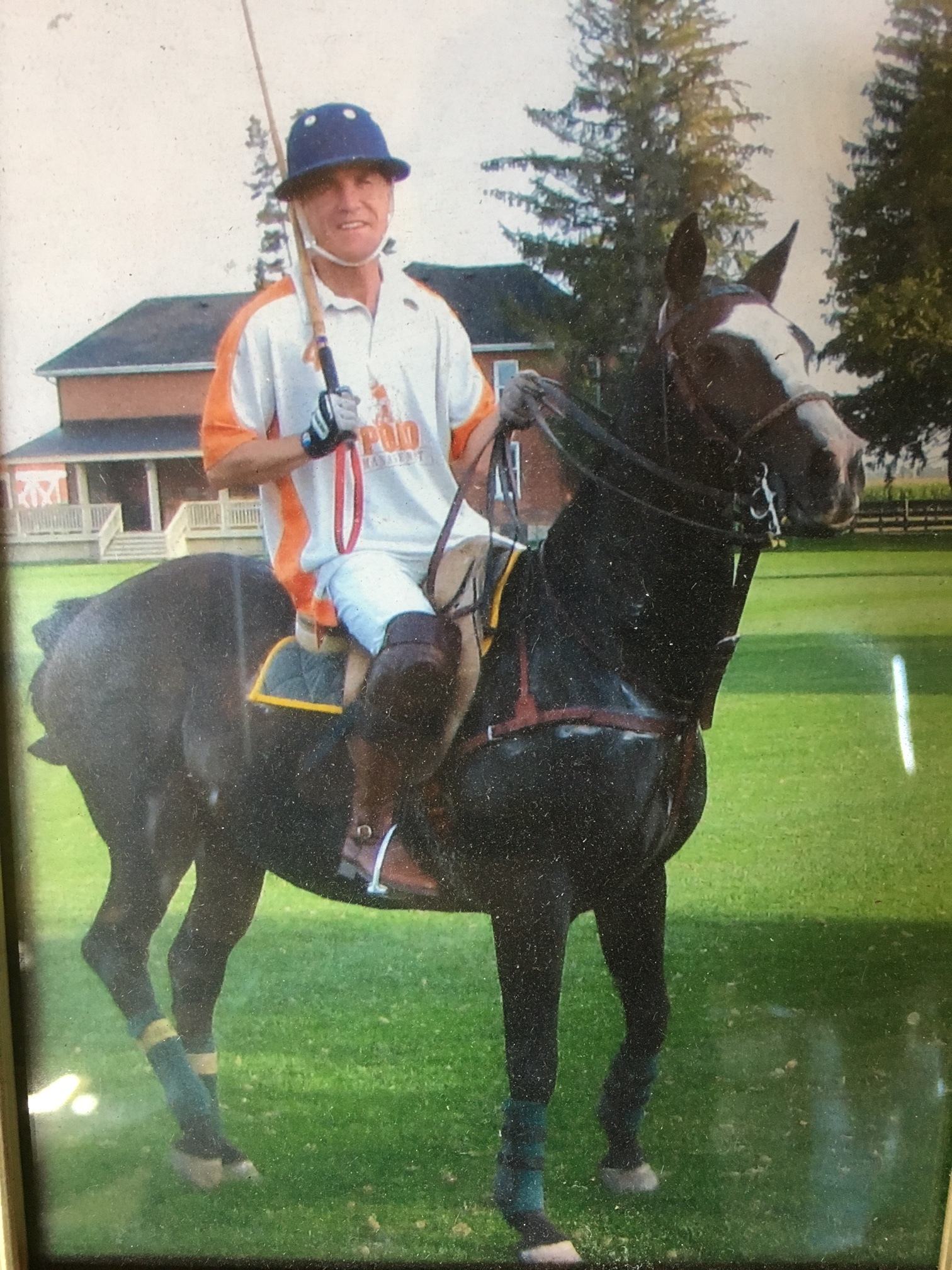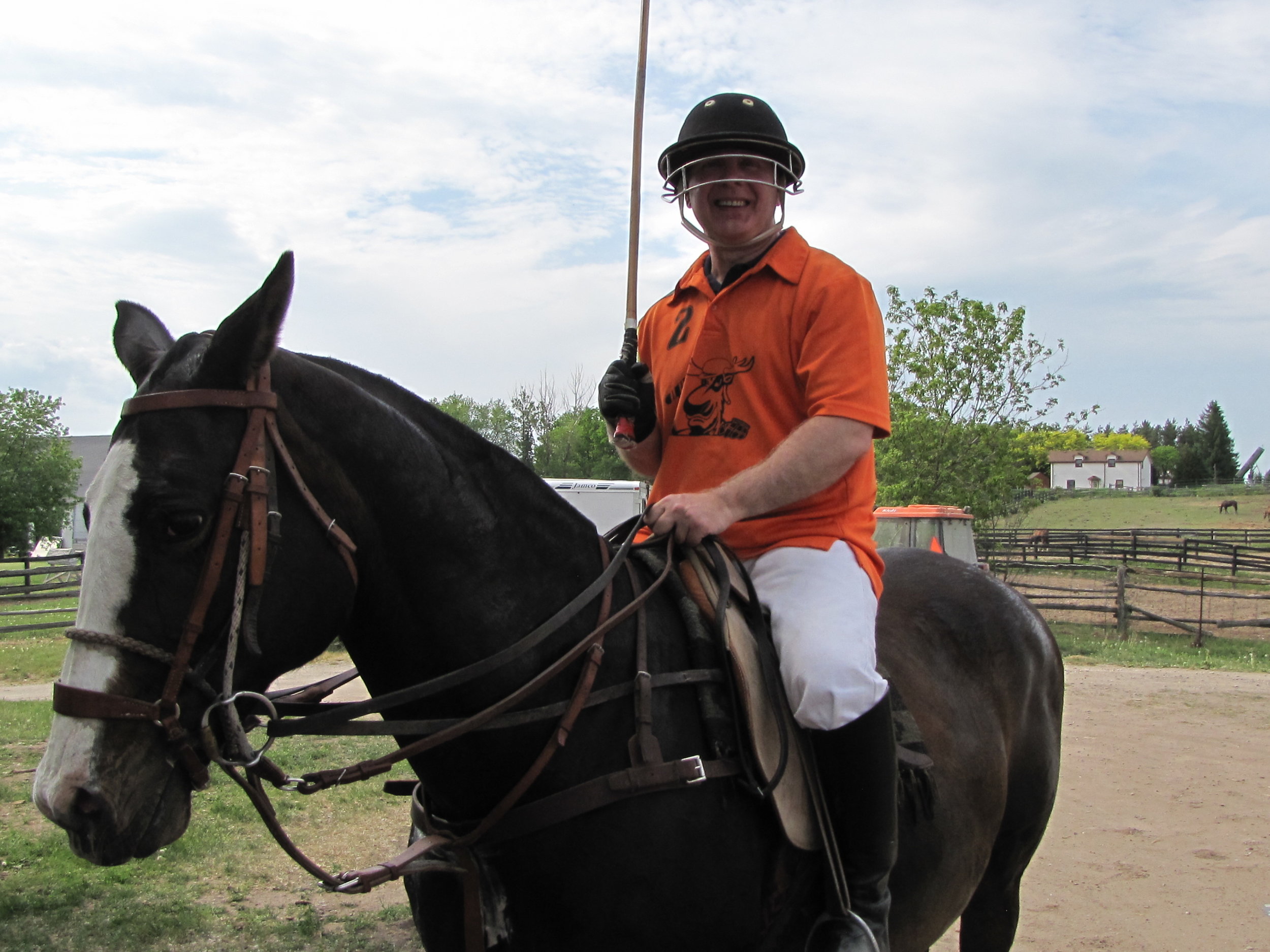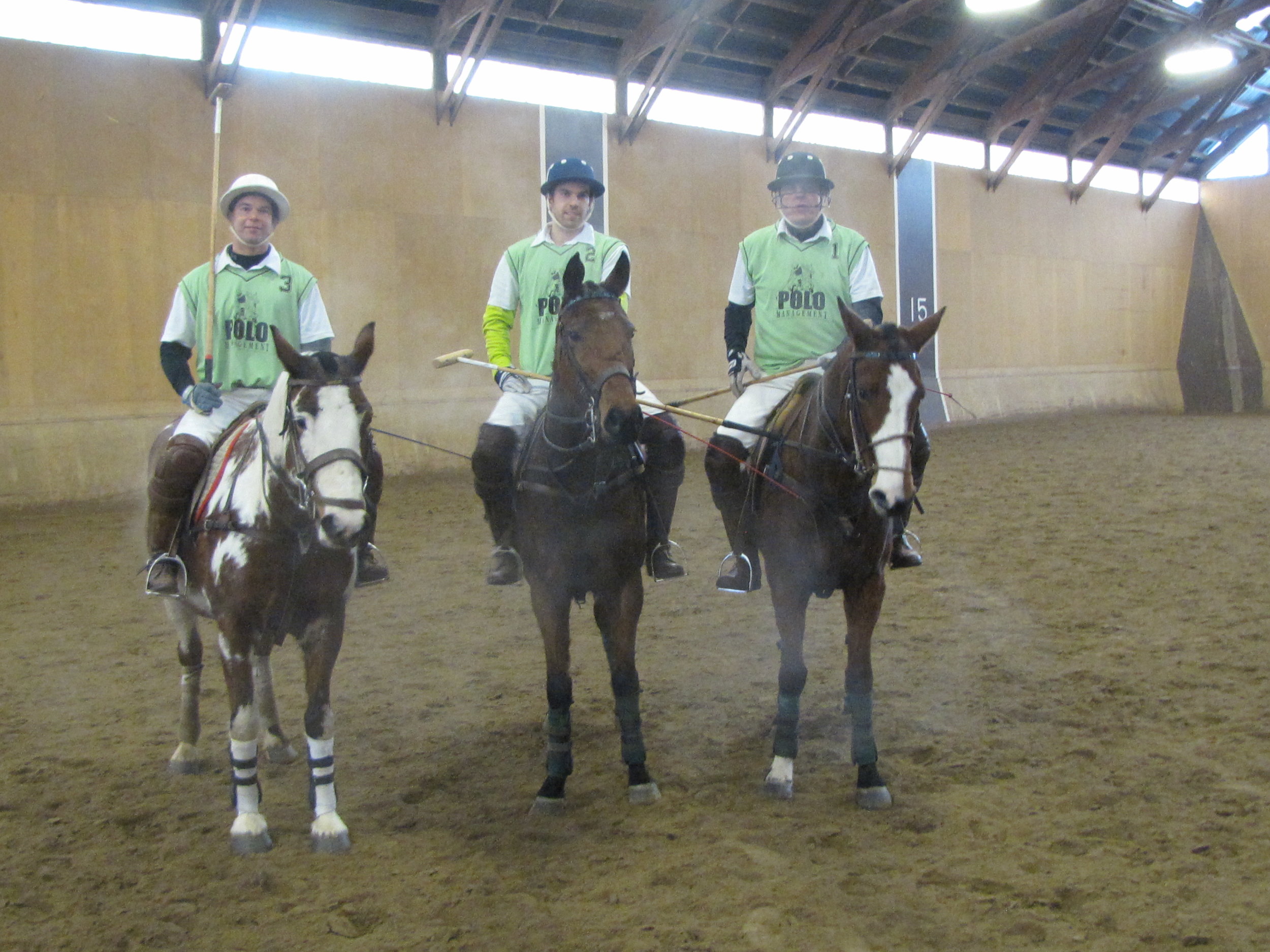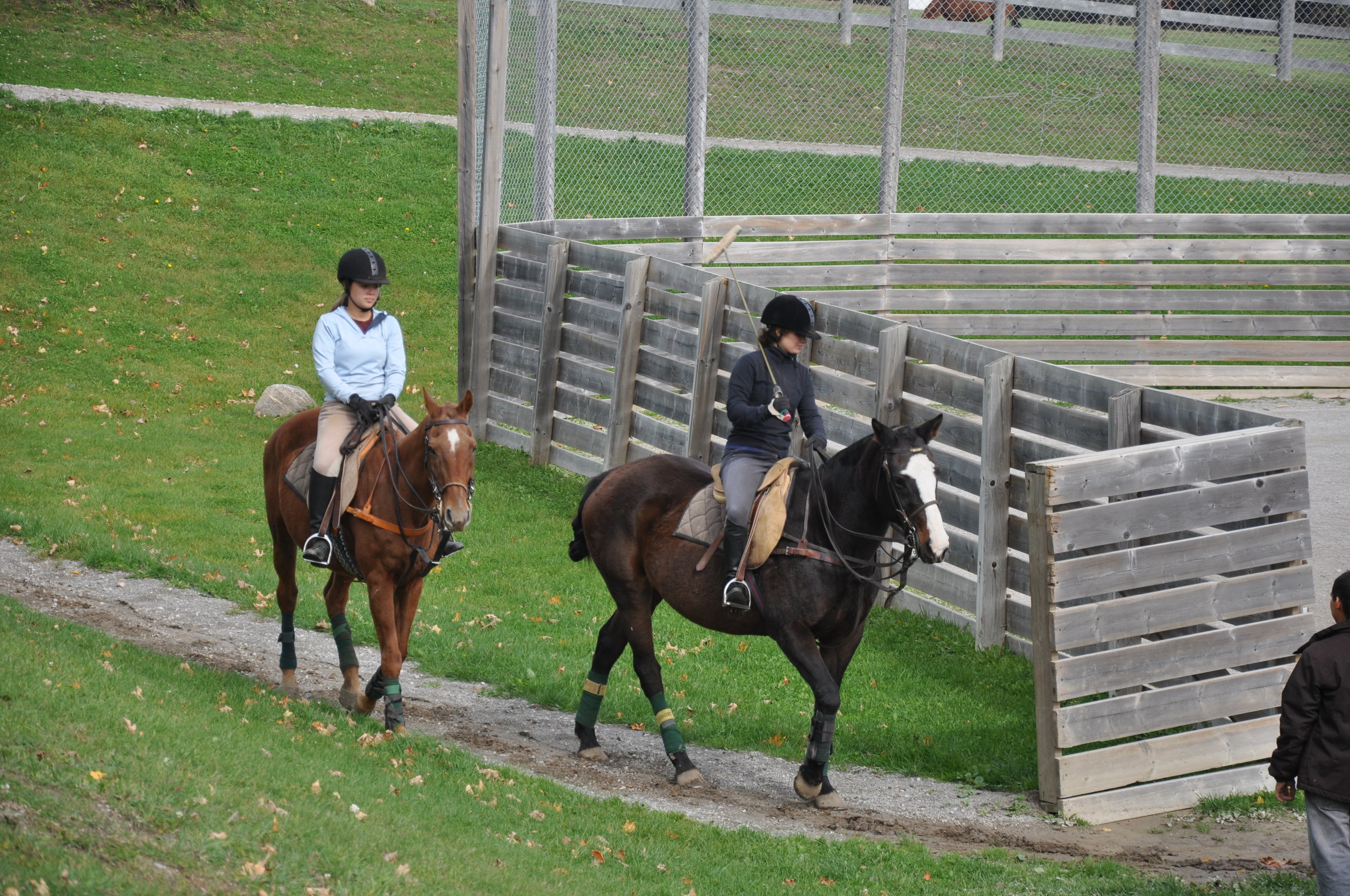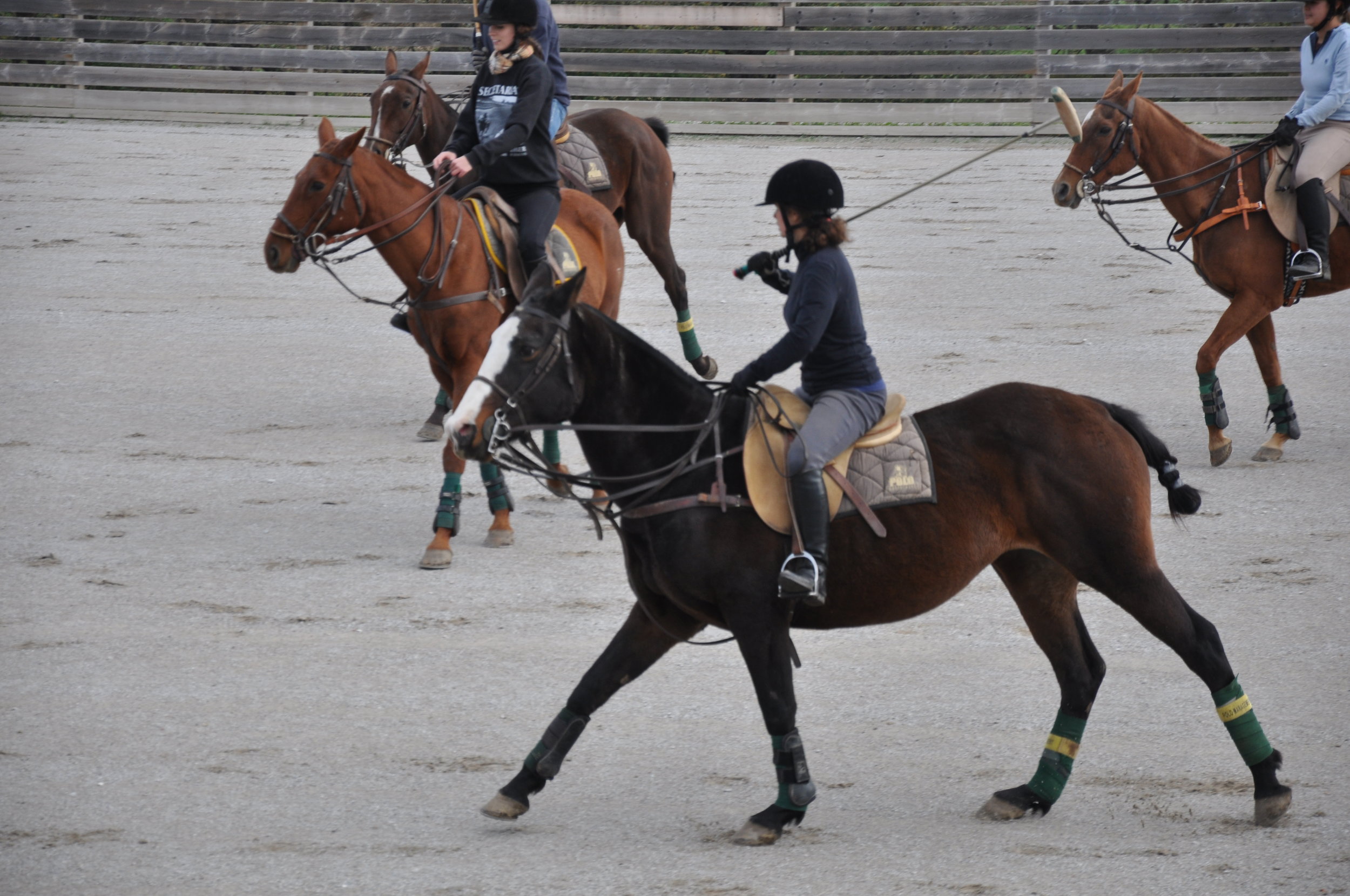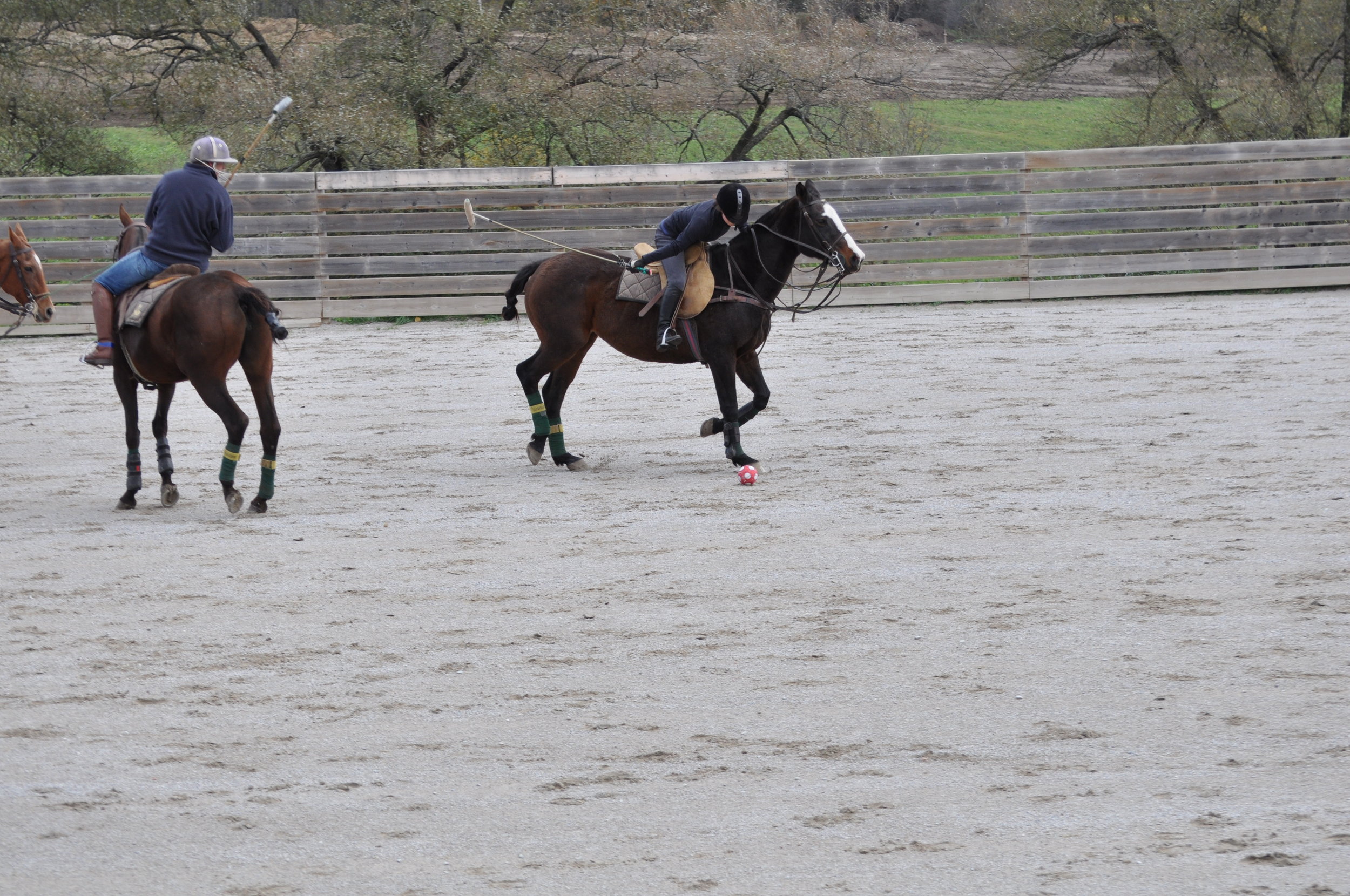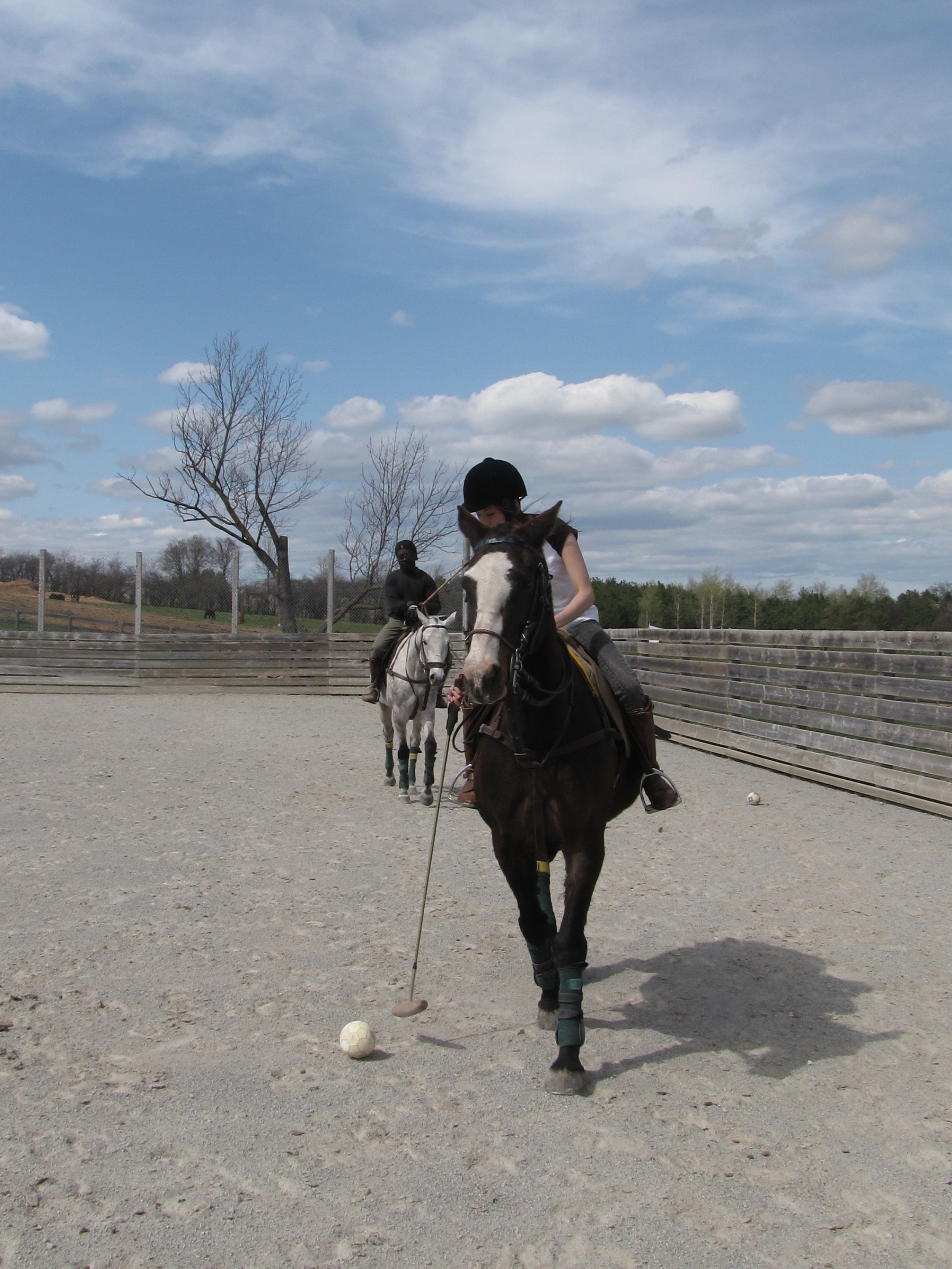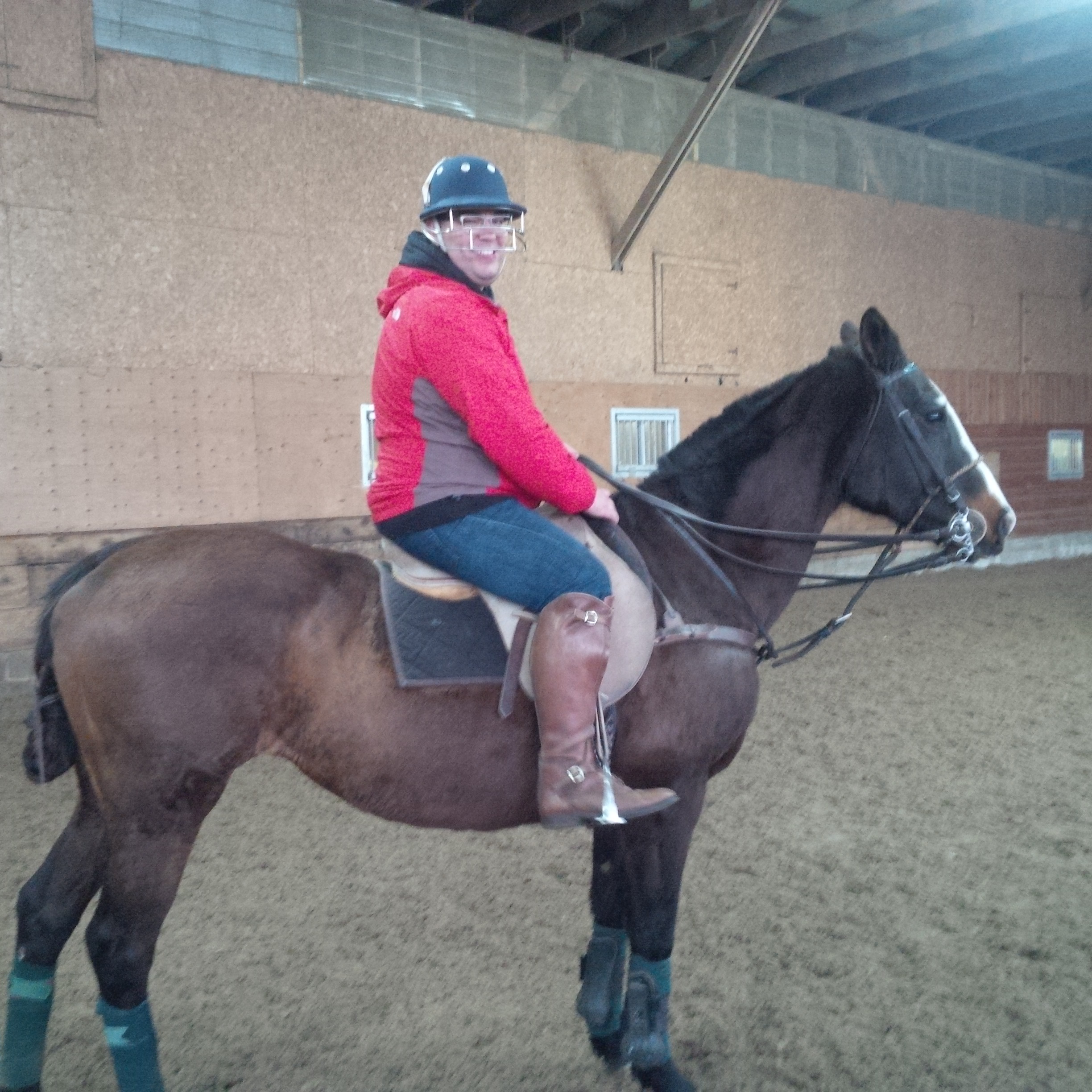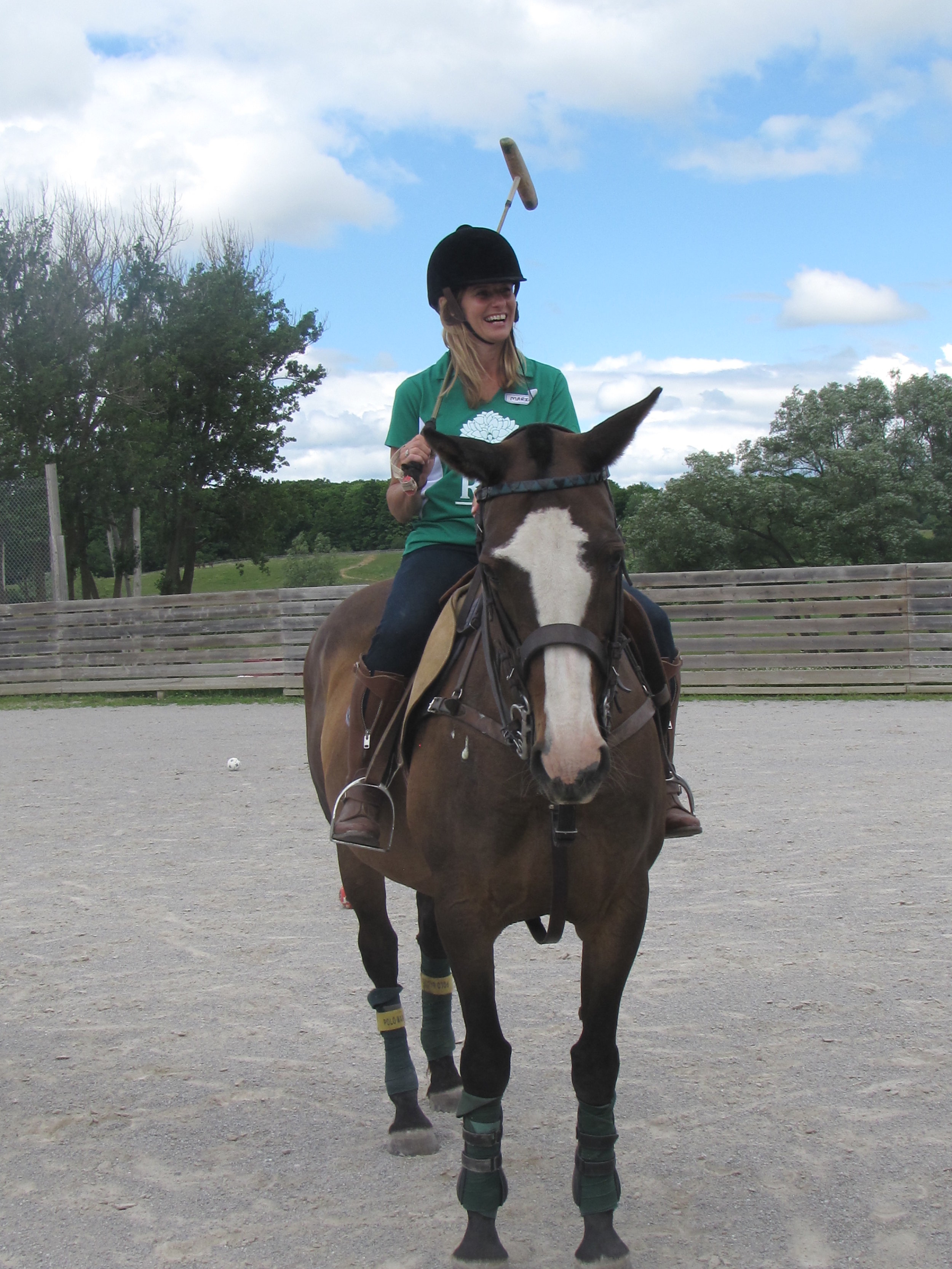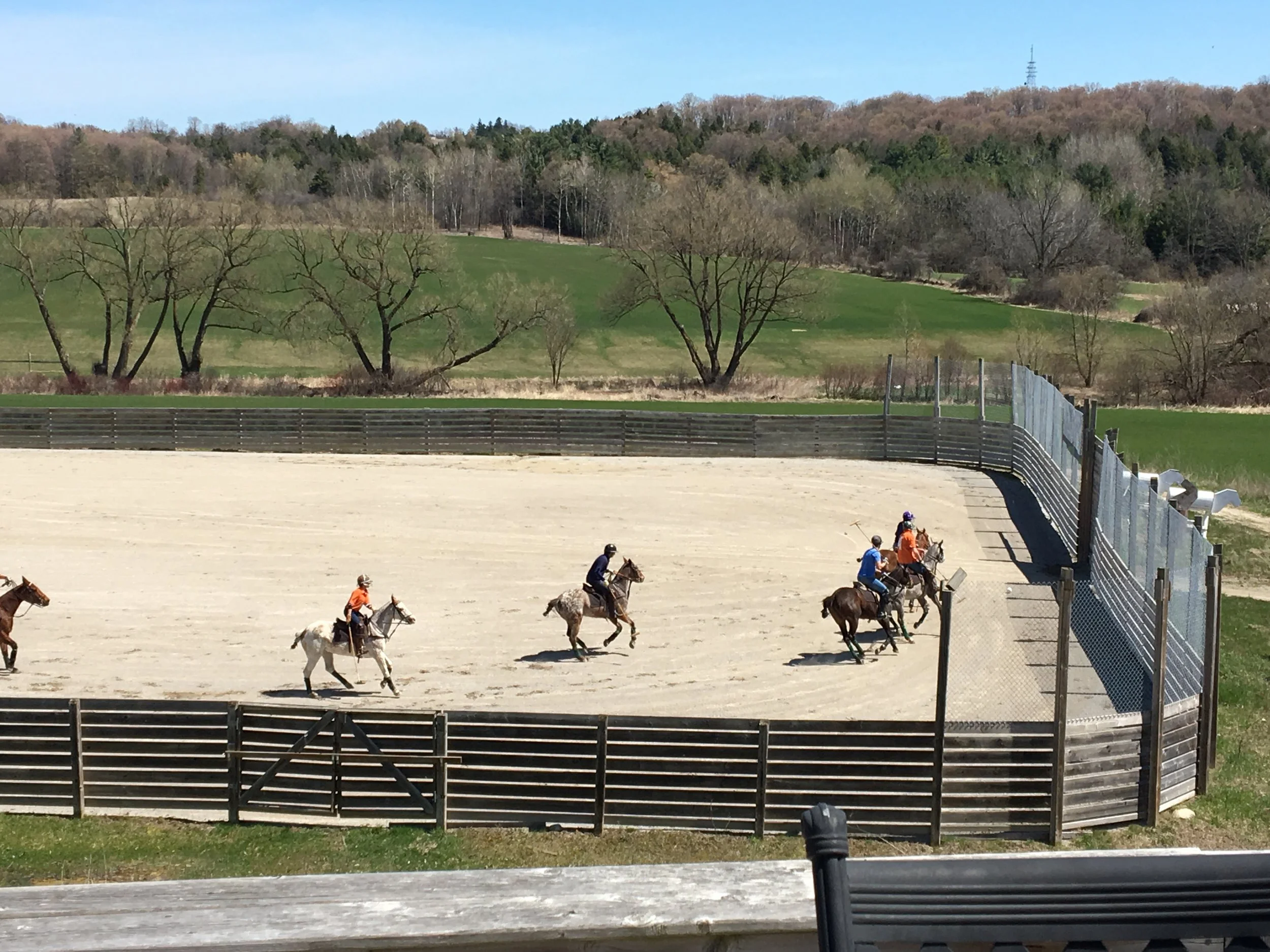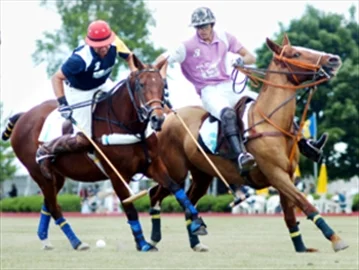Polo doesn’t really compare to other spectator sports in the Toronto when it comes to popularity and infrastructure but that doesn’t mean the polo players and polo ponies don’t welcome the support when spectators do appear field-side. And chances are unless you know someone involved in polo or play polo yourself, you may not have even realized that there is polo in Toronto.
But, we can assure you there is and we, as players, love to see spectators at the side of the field enjoying the game, so next time you feel like trying something new why not come out and watch some polo. And you don’t have to worry about not knowing what to expect or how to act when you get there because we’ve got you covered with our handy dandy guide to spectating polo.
Field Size:
A polo field measures approximately 10 acres and the game is played with a ball that is about the size of a softball. As you can imagine, from the spectator’s point of view, it’s not the easiest game to follow. Our suggestion? Come to terms with the fact as a spectator you’re not always going to be right in the centre of the action and half the time you may not even be able to see or hear much. But, polo fields are nearly always located in picturesque locations and matches nearly always coincide with good weather so take the view that watching polo is a way to enjoy the summer weather and the surroundings with a side of polo action to keep things interesting. Bring a picnic, dress for the weather, and leave your daily life behind while you watch the ‘Game of Kings’.
The Rules:
The rules of polo are complicated and even the most accomplished player sometimes gets lost or commits a foul unintentionally. They’re created to keep the players and their equine teammates safe and they succeed; however they go from simple to complicated real fast. So, don’t get hung up on the game and the rules because you’ll quickly find you can’t follow the game or figure out whose winning (owing to the fact that teams switch ends after each goal scored). Instead, just watch the horses and the players and the things they can do as a team. Enjoy the power and beauty of the sport as a whole. And when all else fails, cheer when everyone else cheers, you can’t go wrong with that.
We could take the time to tell you all the rules and intricacies of the game but the truth is it will only complicate things for you, and even beginner players don’t have a great handle on the rules when they start to play and instead rely on more experienced players and umpires to show them the ropes. So take a page from the beginner’s book and just get out there and enjoy in the way that’s simplest for you to enjoy.
What to wear:
Dress code can vary depending on the match and event you’re attending. In Toronto, for instance, matches tend to be very casual, low-key affairs. The only two exceptions in the standard Toronto summer polo season are the two charity polo matches; Polo for Heart and Polo for the Cure. Both of which are pretty much your stereotypical matches like you’ve seen in movies. That said, ladies, heels aren’t recommended and hats aren’t required (this isn’t the Kentucky Derby) though they are welcomed if that’s something you want to wear. But for the lionshare of Toronto matches the only dress code is to come as you are and be prepared for any weather because the last thing you want is to be caught without a sweater when the temperature drops or an umbrella if on the off chance (more than off chance this year) it starts to rain.
Photo by Alejandra de Miguel
How to Watch:
While some clubs and events around the world, like the International Polo Club in Florida and the Argentine Open in Argentina, have huge spectator infrastructure in the form of stands, tables, and hospitality tents, things aren’t quite that grand in Toronto with the exception of the two big charity matches. That said, come prepared with something to sit on, whether it’s a lawn chair or a picnic blanket and set up camp at the side of the field. And, be prepared to move for the odd ball that may jump over the boards and the subsequent player to come chasing after it because the boards are short for a reason and it isn’t uncommon for play to sometimes jump the boards before continuing on down the field. As a side note, binoculars aren’t a bad thing to bring with you for those times when play moves to the far side of the field and you still want to follow the action.
Polo Lingo:
Polo comes with a language all it’s own, and if you stand near the pony lines for any amount of time you’ll come to see as much. The key things to know are; the sticks are called mallets, the ball is called the ball (shocker, we know), the horses are called ponies regardless of their size and pedigree and the periods are called chukkers. Any language that isn’t English that you may hear at the side of the field is likely Spanish. See our ABC’s of polo and the polo lifestyle for the full crash course in polo lingo.
The Pony Lines:
Speaking of the pony lines, spectators are welcome to stop by the pony lines and trailers to chat and visit with the players and ponies before and after matches but remember to stay safe around the ponies because while they are generally pretty bombproof they are still animals and big ones at that. And whatever you do, don’t head over to the pony lines between chukkers, it can be a hectic place as all the players change mounts and you’re better to steer clear till the game is done and players and ponies alike are more relaxed.
Game Times
Due to the fact that polo isn’t popular as a spectator sport in Toronto, there isn’t really much infrastructure when it comes to publicizing results and game schedules. But, you can always contact us, at info@polomanagement.com for updated schedules.
And, just in case you watch a polo match and decide it’s something you absolutely have to try, we can help with that too! Talk to us at the match or contact us for details on our learn to play polo clinics and polo lessons. All levels welcome!





